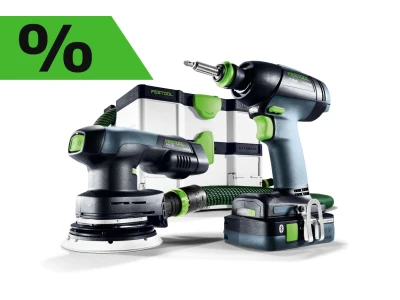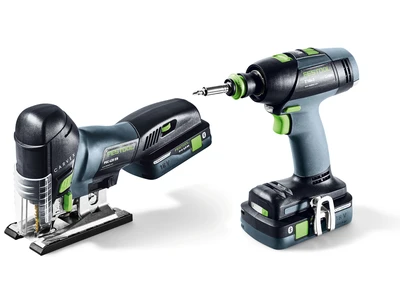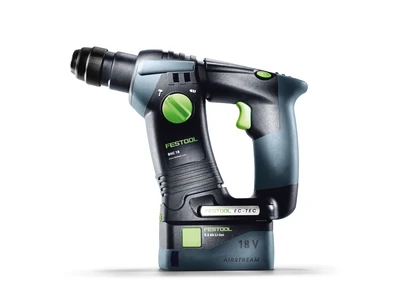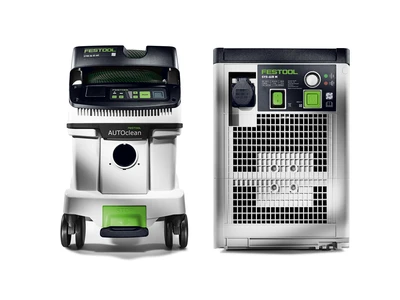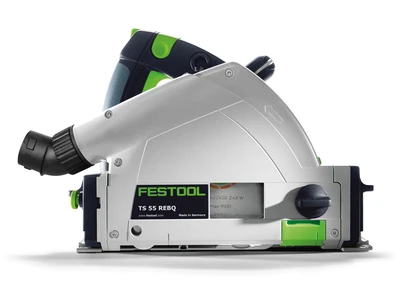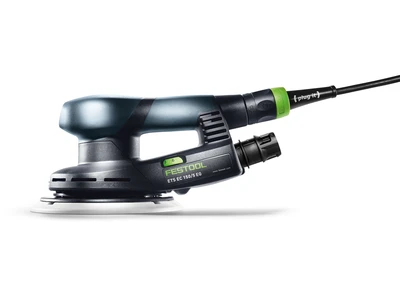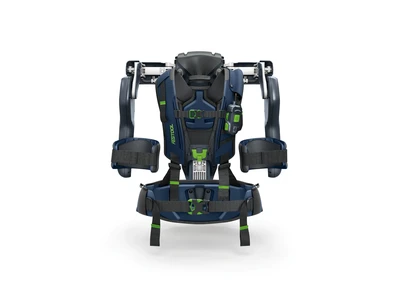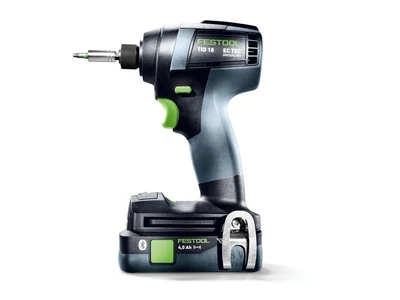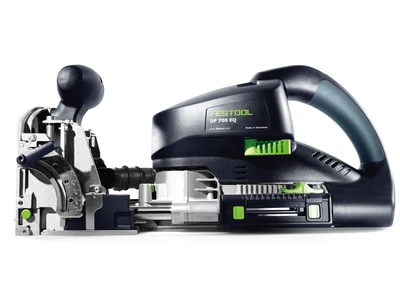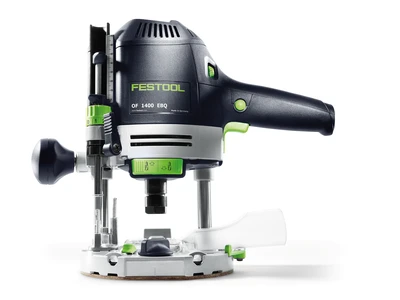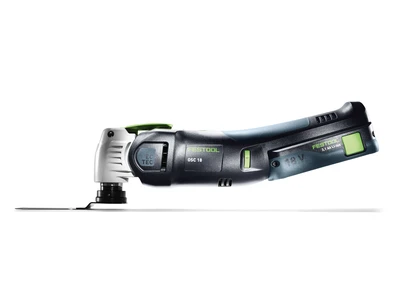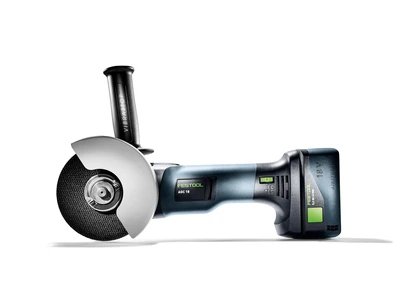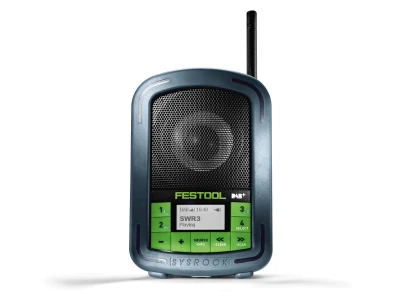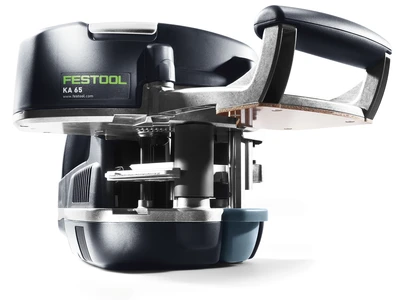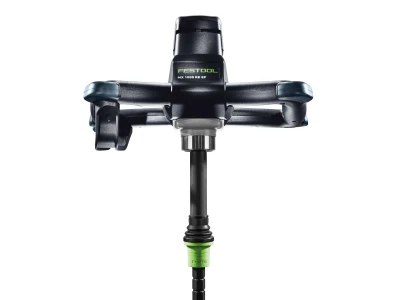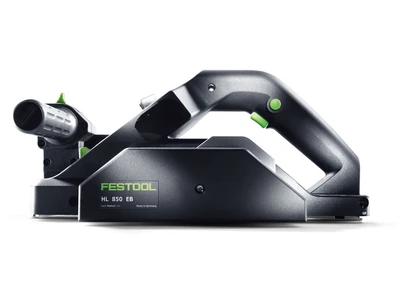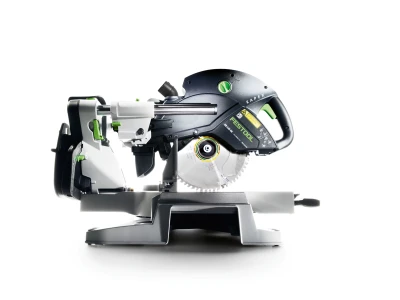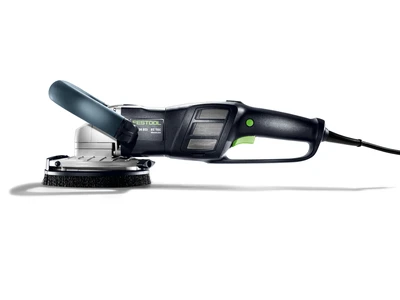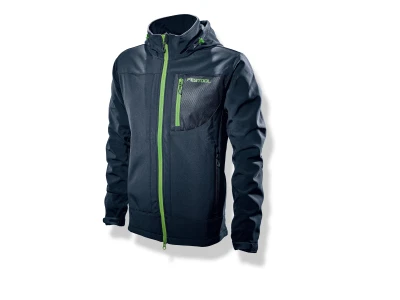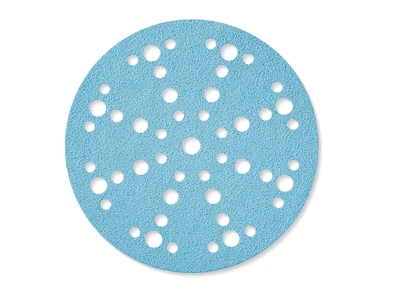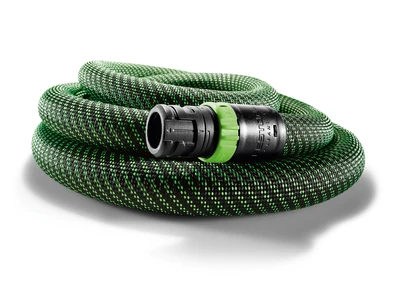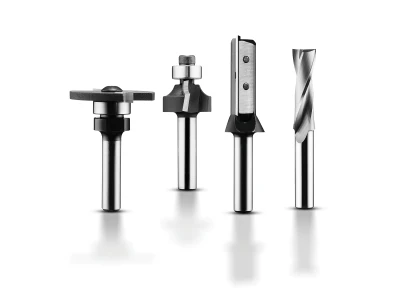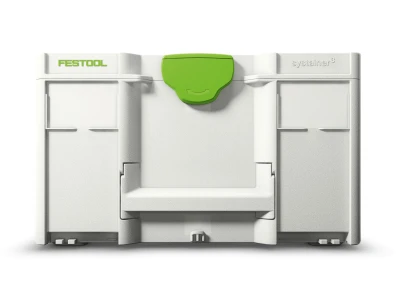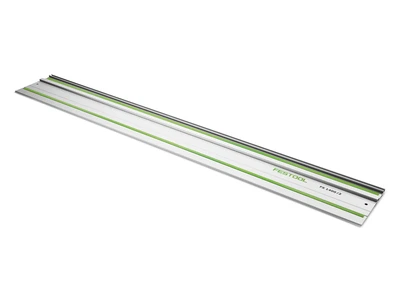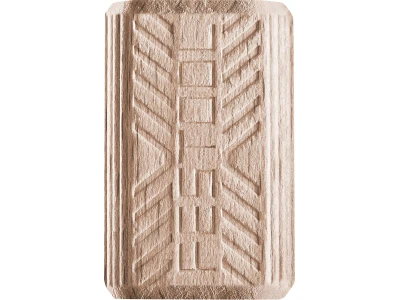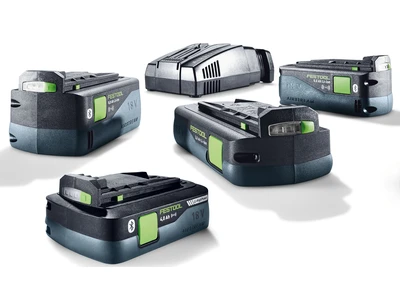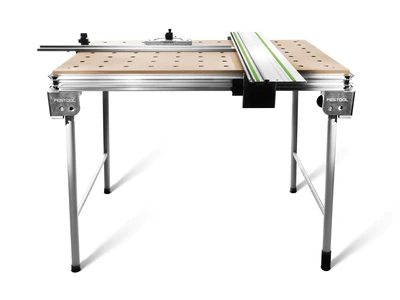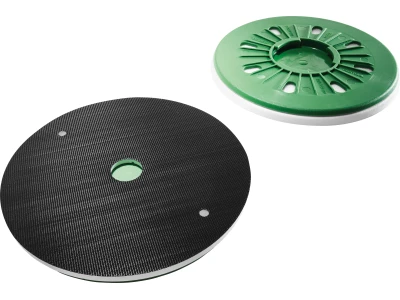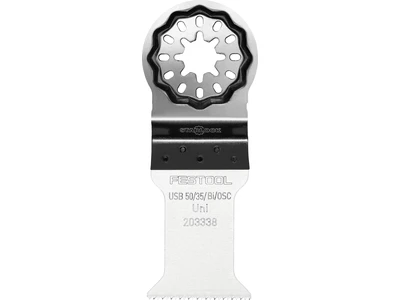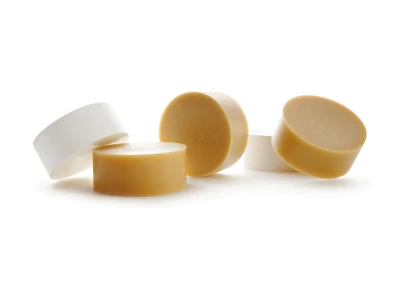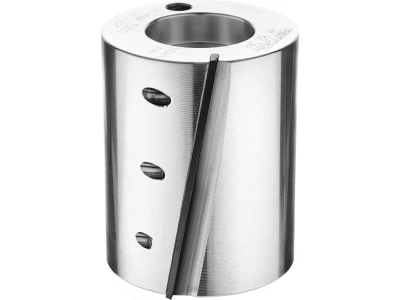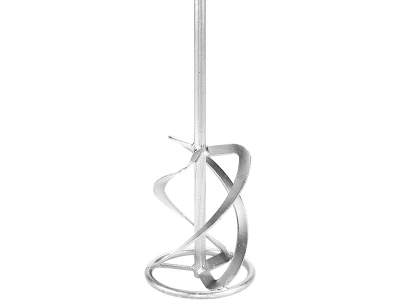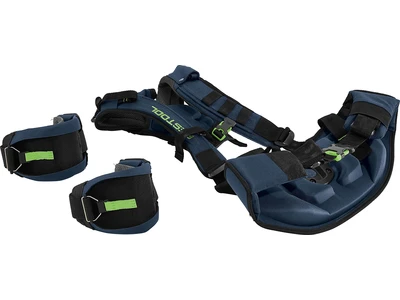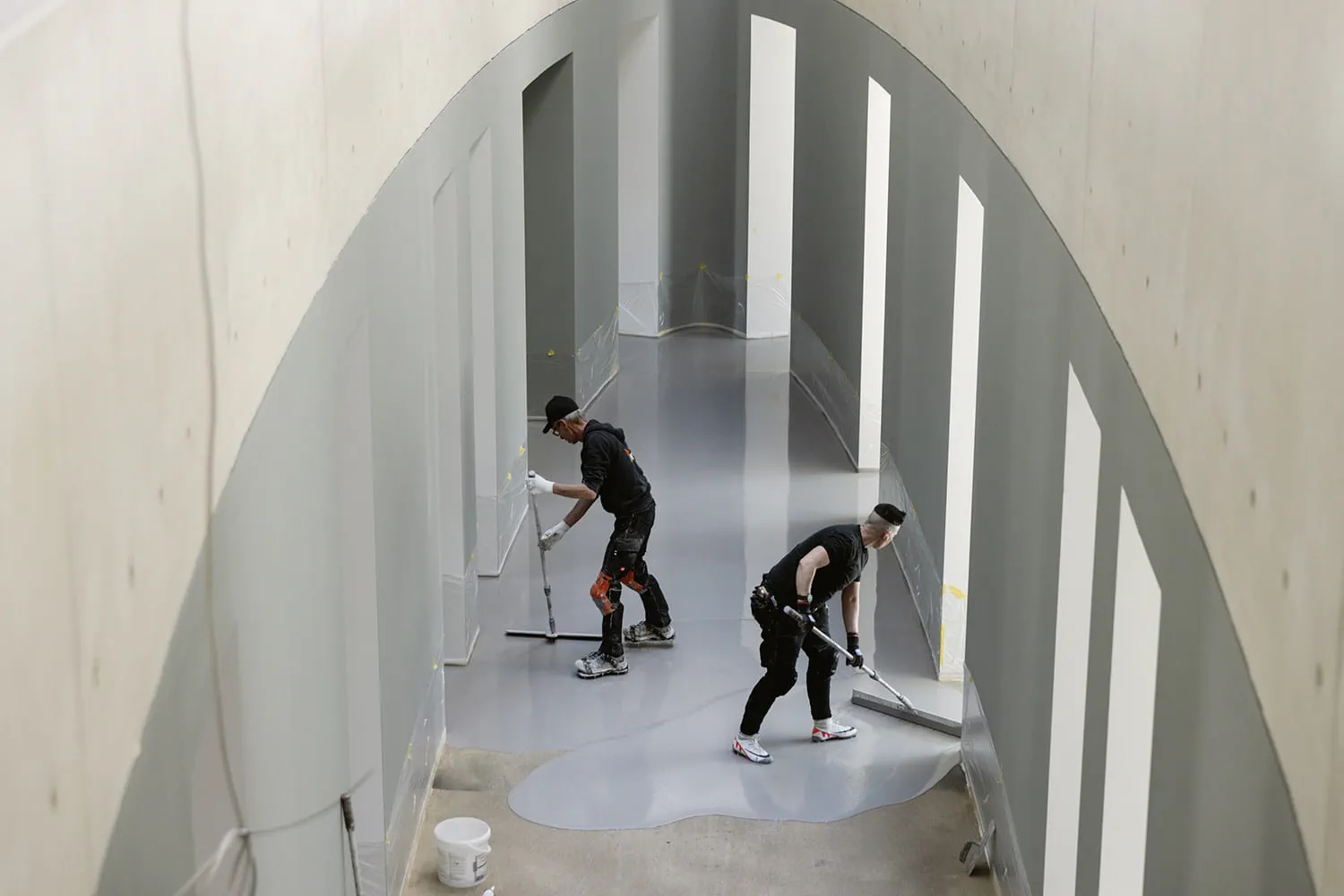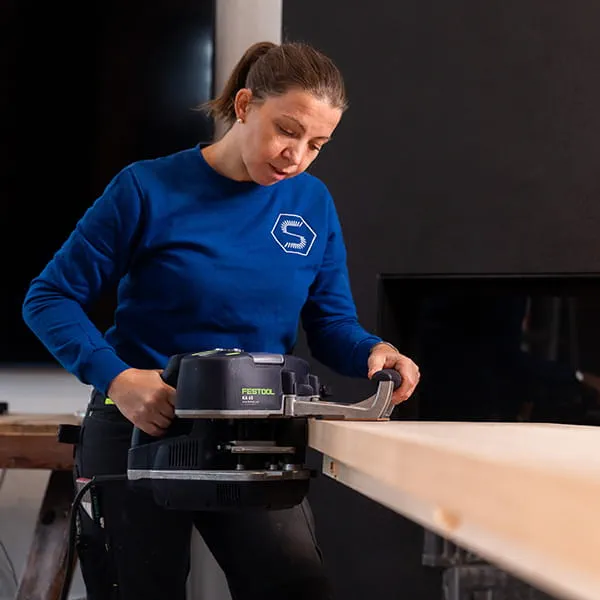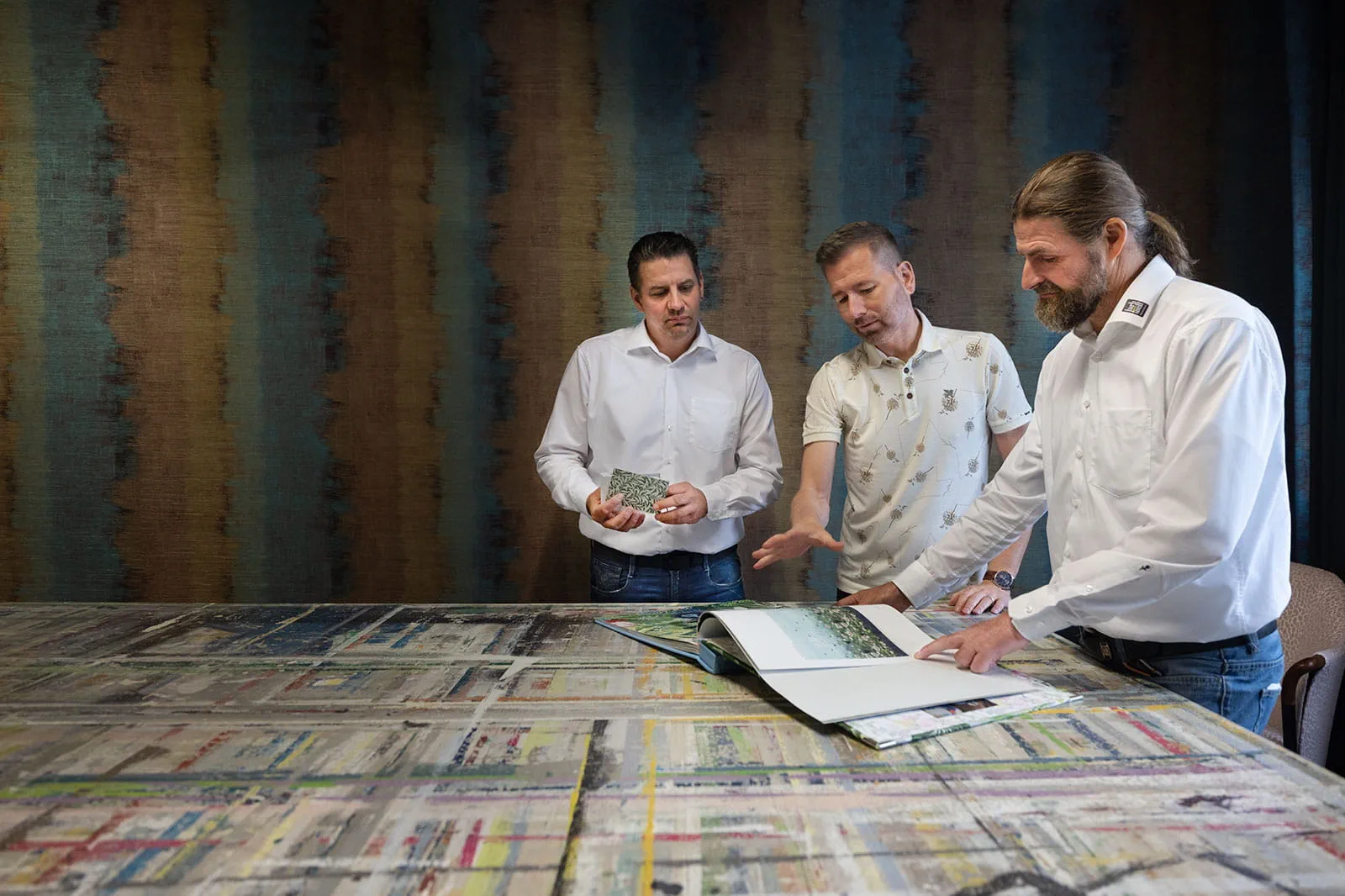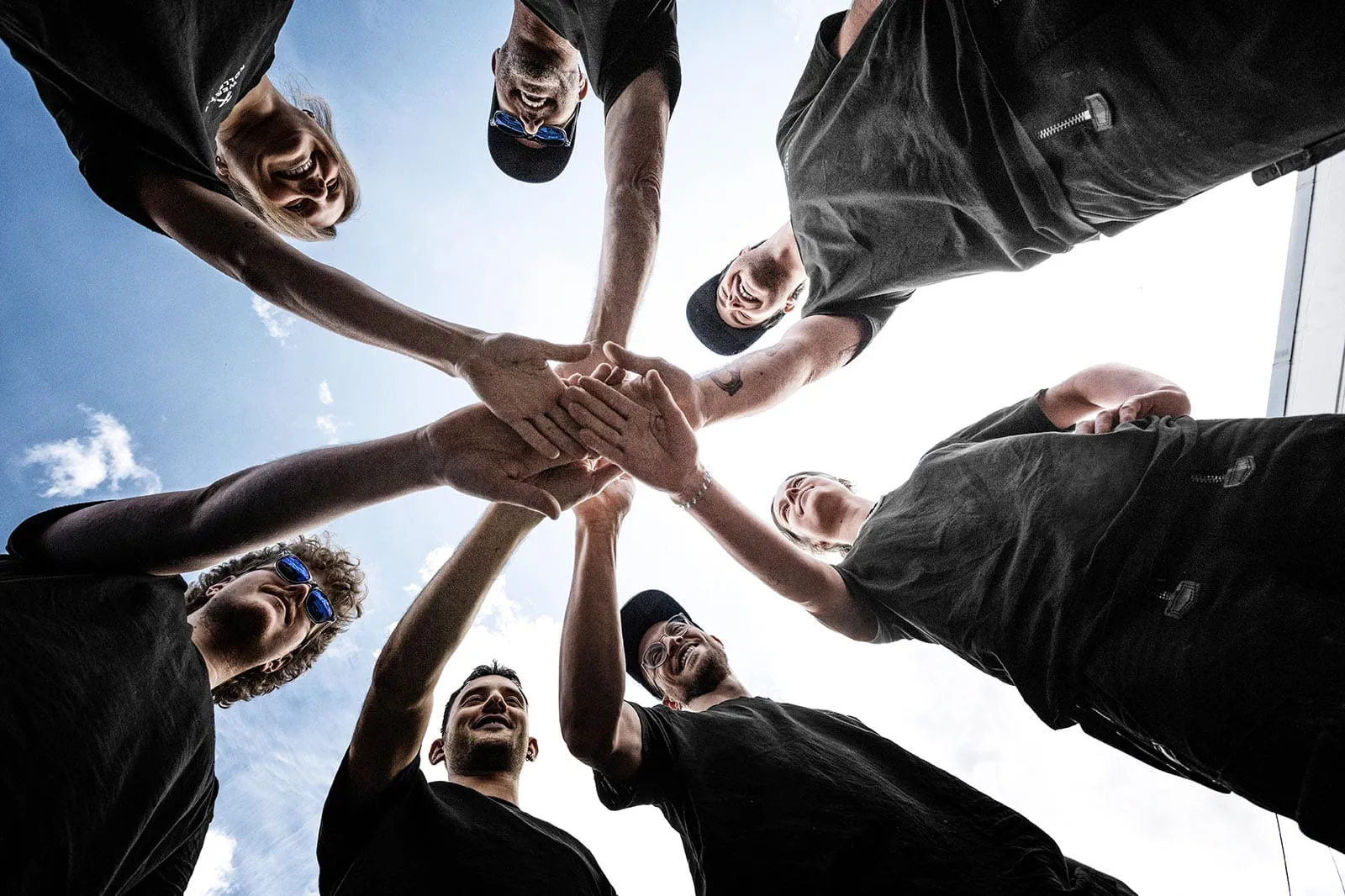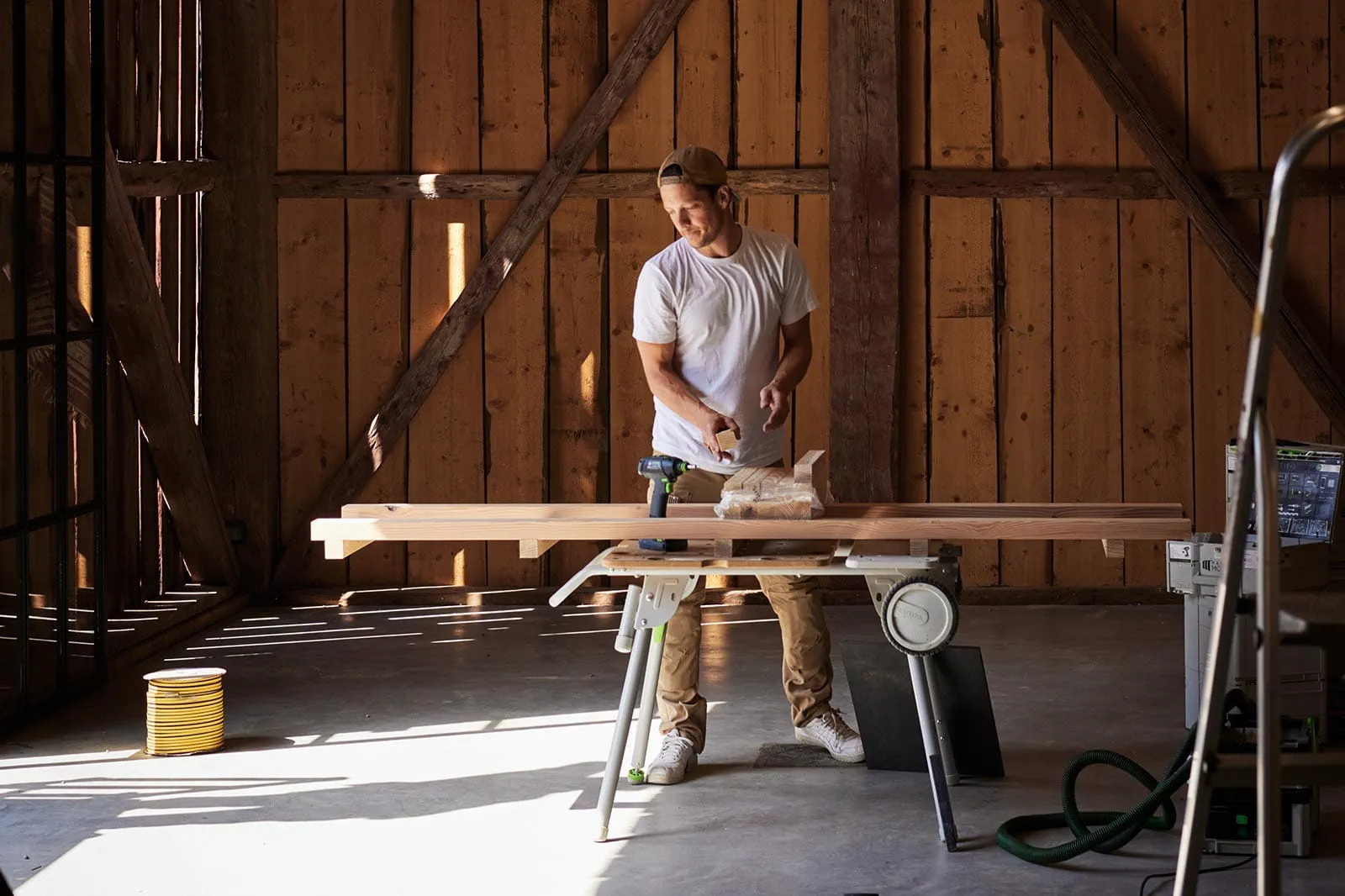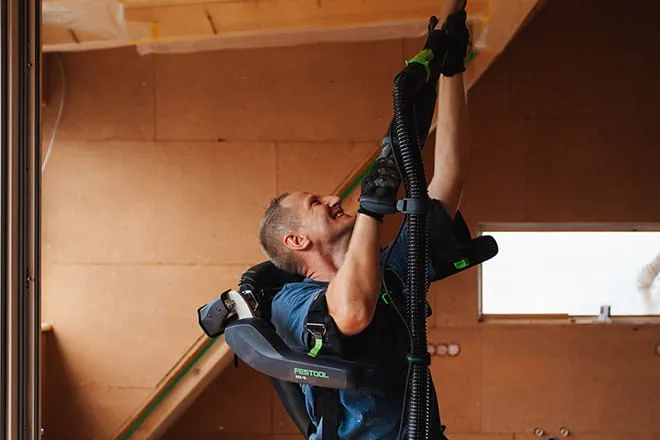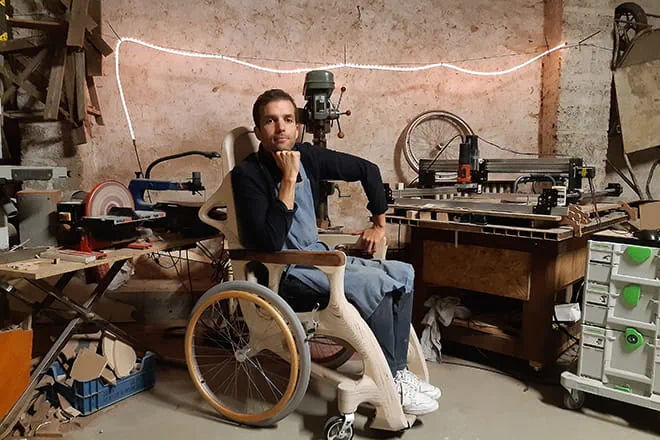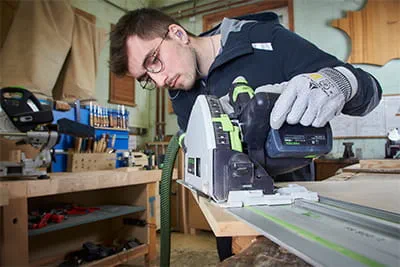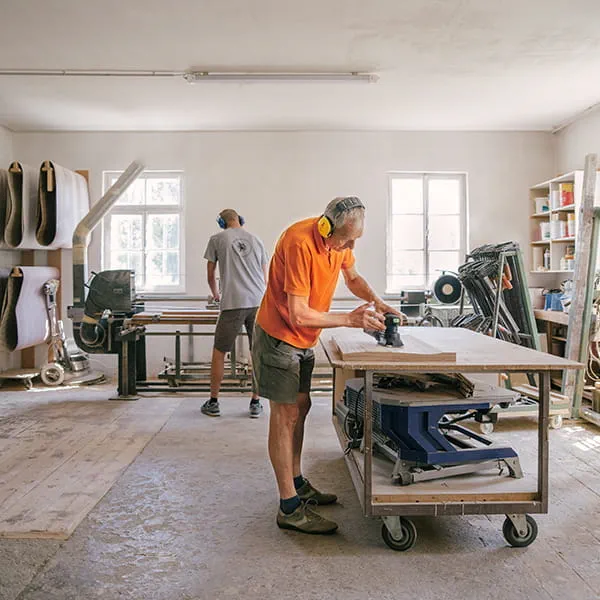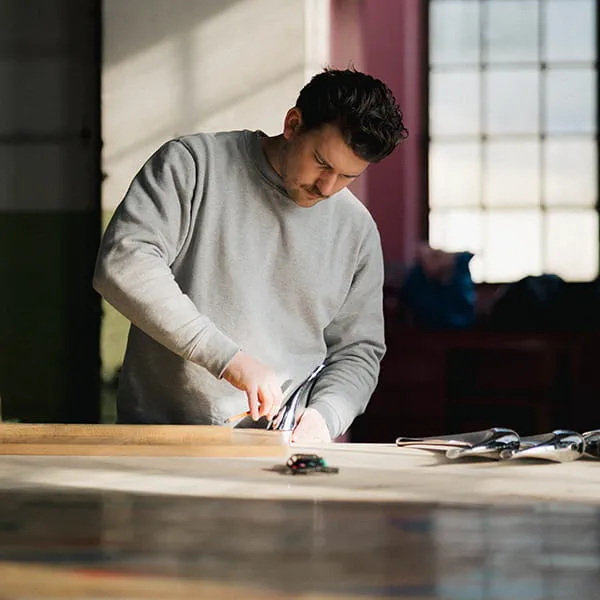
Old wood, new life
Parquet gets a second chance at Fisch&Tisch

Marius Gierhardt
Founder of Fisch&Tisch
The 32-year-old from near Frankfurt was taught about sustainability at an early age by his father and grandfather. After an initial experiment with parquet remnants, he founded the company Fisch&Tisch in 2022, which gives old parquet a new lease of life in the form of tables.
How did you come up with the idea of making tables from old parquet?
I am a career changer, I actually studied textile business administration and worked in a fashion agency for a long time. In 2019, I started my own business with a small watch brand. During coronavirus, I started to set up a small workshop at home because I wanted to build the watches in Germany. However, the room intended for this had a carpeted floor, which was not at all suitable for a maximally dust-free working environment. To replace the floor in proper style, my best friend Sören and I had the idea of refurbishing an old floor. After finding an advert on Kleinanzeigen, we travelled to Jena with a bus and trailer to remove the parquet flooring from a beautiful Art Nouveau villa and lay it again in our home.
I documented the entire project pretty well on Instagram at the time and when I had some leftover parquet flooring and had the idea of using it to build a base, I found an interested party through a post and the ball started rolling.
I documented the entire project pretty well on Instagram at the time and when I had some leftover parquet flooring and had the idea of using it to build a base, I found an interested party through a post and the ball started rolling.
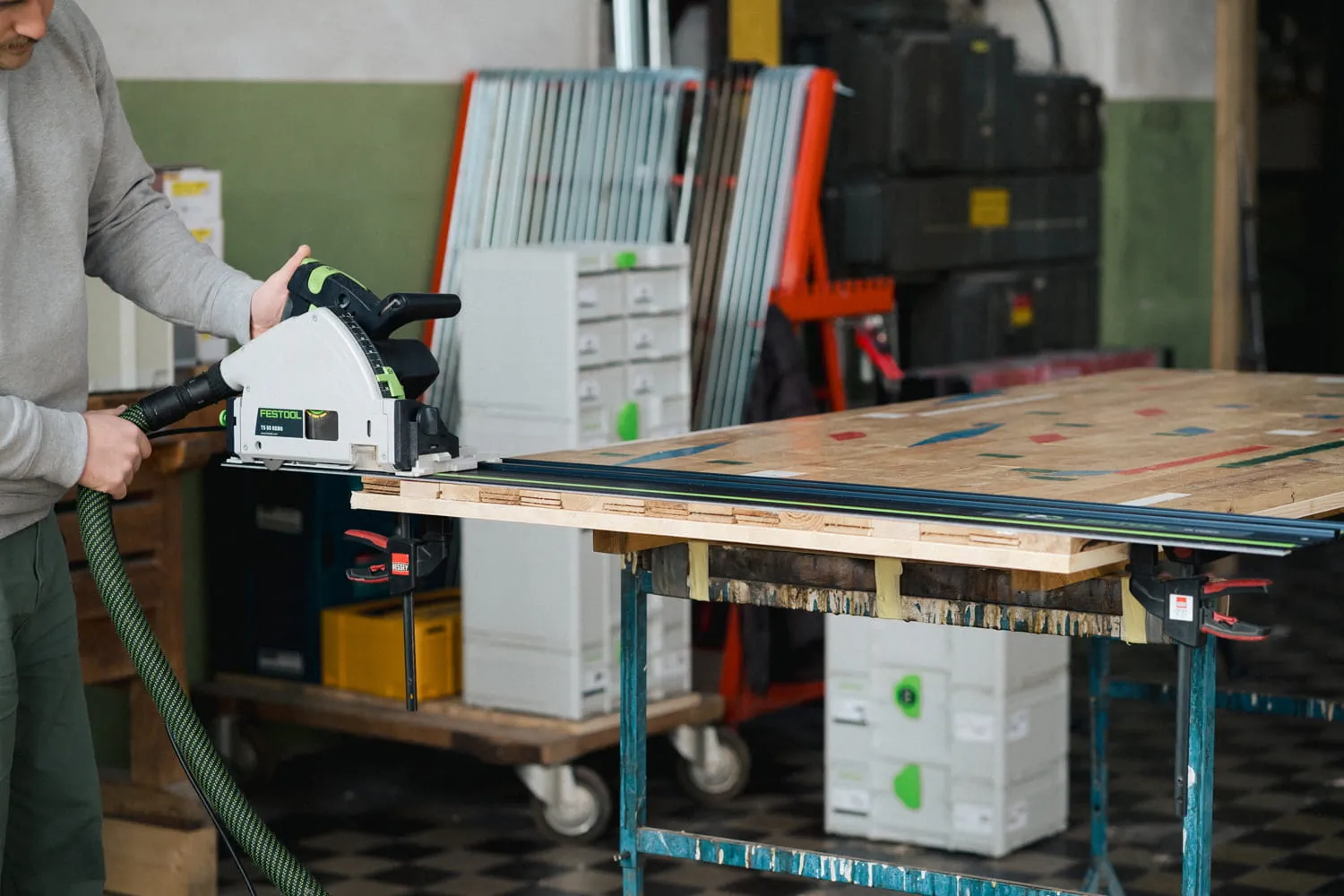
How did you come to set up your workshop?
I built my first tables in my grandfather's 11 square metre workshop. However, the space was very narrow and I could only work on one table at most. At the same time, more and more requests came in, so I started looking for a larger space.
I actually found the hall where we manufacture today by chance. I was actually looking at the canteen of an old industrial site, but it wasn't suitable for my project. Opposite was an incredibly beautiful brick building with huge old windows and I asked the landlord what was in this hall. It was a former blacksmith's and locksmith's shop, but in the end it was only used as a warehouse for old wooden spools. As my landlord had the key with him, he showed me the hall and I knew immediately that it would become the new home of Fisch&Tisch. We made a deal and I took care of the "disposal" of the wooden spools by giving them away via Kleinanzeigen.
I actually found the hall where we manufacture today by chance. I was actually looking at the canteen of an old industrial site, but it wasn't suitable for my project. Opposite was an incredibly beautiful brick building with huge old windows and I asked the landlord what was in this hall. It was a former blacksmith's and locksmith's shop, but in the end it was only used as a warehouse for old wooden spools. As my landlord had the key with him, he showed me the hall and I knew immediately that it would become the new home of Fisch&Tisch. We made a deal and I took care of the "disposal" of the wooden spools by giving them away via Kleinanzeigen.
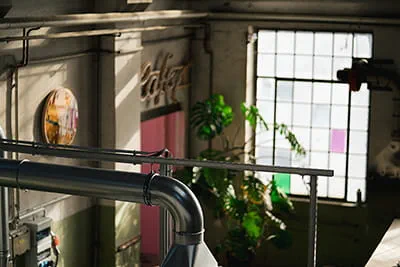
Is Fisch&Tisch your main job now?
Fisch&Tisch has completely taken over me and there are now four of us, which is completely crazy. So I don't have much time left for the watches, but I'm just going with the flow and allowing Fisch&Tisch to develop so well.
What does your clientele look like? Who buys tables from you?
The clientele is totally different. In the beginning, of course, we had a lot of private enquiries or friends of friends, but this quickly increased as we had a professional image right from the start. Companies are now also approaching us, which is of course very exciting and challenging at the same time.
It is important to us that we first take stock and find solutions to ensure that not everything is thrown away straight away, as is usually the case. We definitely want to focus more on sustainable concepts like this in the future.
It is important to us that we first take stock and find solutions to ensure that not everything is thrown away straight away, as is usually the case. We definitely want to focus more on sustainable concepts like this in the future.
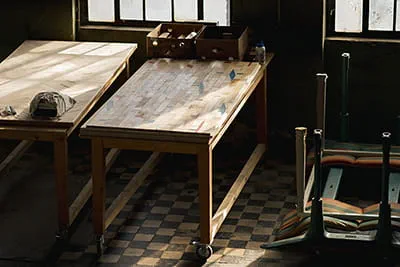
How many tables have you made so far? How many square metres of parquet would that be?
I've just bought a lot from an old police station in Berlin, that's 1,000 square metres. Including that, we have now saved around 3,500 to 4,000 square metres of parquet flooring. (Editor's note: That's about half a football pitch.) But it's difficult to say how much of it we've been able to use because many companies that tear down the parquet don't take into account the fact that it should be reused. So we've now built maybe 200 bases.
Where do you get the parquet from and what challenges does the preparation entail?
Originally a lot via Kleinanzeigen. The problem with the whole thing is that we can't use glued parquet, because in the end there's a family sitting at the table and we don't know how much of the harmful substances from the glue have gone into the wood. That's why we only use floating or nailed parquet.
At some point, we started getting tips and also made direct contact via Instagram. I now also have contact with property services, cities and municipalities that have hired sustainability managers and want to reintroduce more materials into the cycle. It's a great deal for them, because I'm also paying for it.
As a result, we have floors from sports halls on which many athletes have celebrated successes, but also floors from old estates and art nouveau villas. There are so many stories behind many of these floors that you can't help but feel a little awestruck.
At some point, we started getting tips and also made direct contact via Instagram. I now also have contact with property services, cities and municipalities that have hired sustainability managers and want to reintroduce more materials into the cycle. It's a great deal for them, because I'm also paying for it.
As a result, we have floors from sports halls on which many athletes have celebrated successes, but also floors from old estates and art nouveau villas. There are so many stories behind many of these floors that you can't help but feel a little awestruck.
Our latest find from an old estate even had a poem written on the underside of the planks by the parquet layer at the time. Of course, this piece will not be made into a table, but will be given an extra place.
The oldest floor we have had the pleasure of holding in our hands so far was a piece from the Castle of Versailles, which Louis XIV walked on.
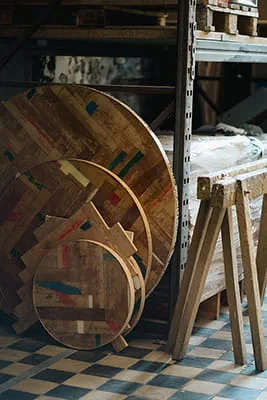
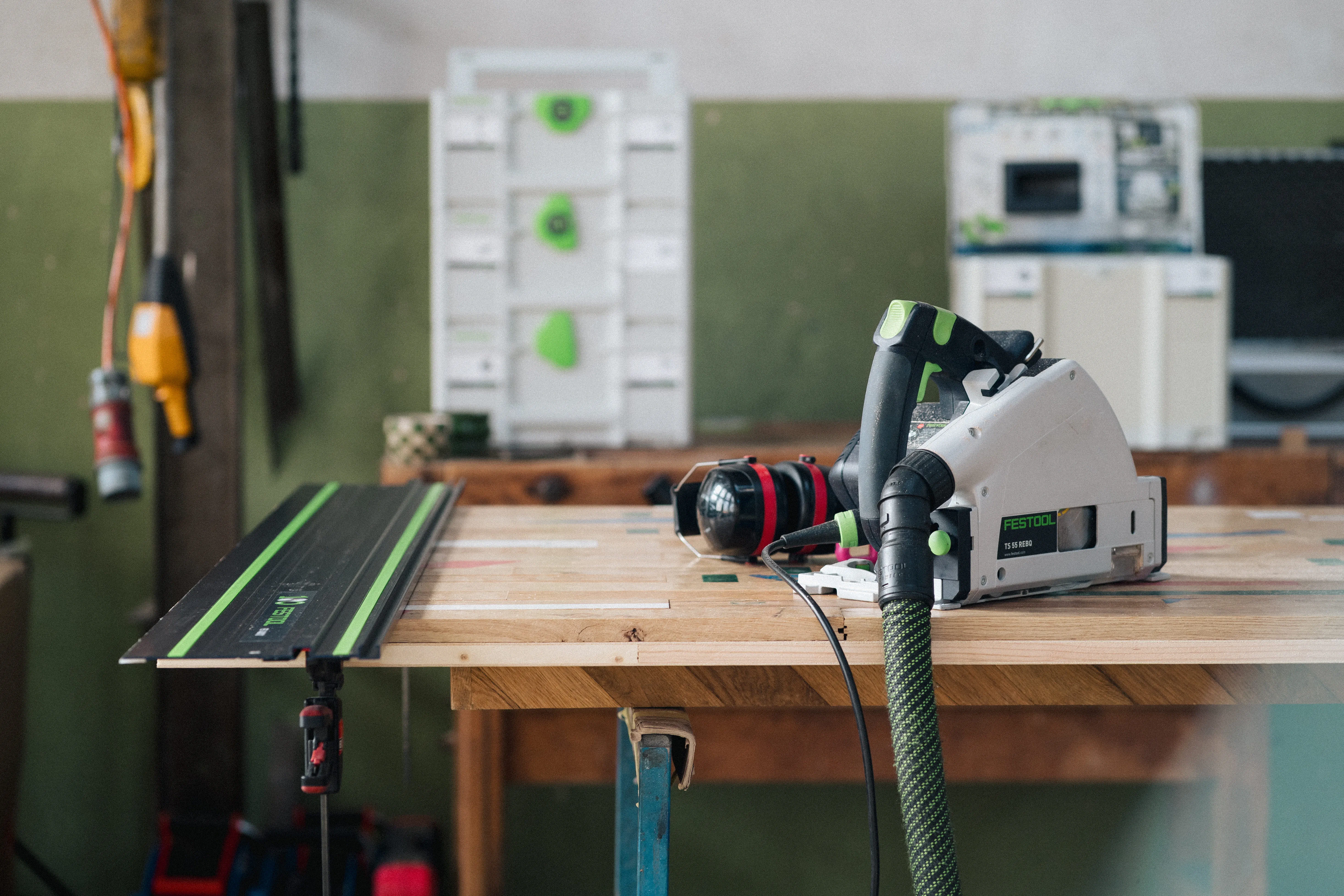
What processing steps follow after you have received the parquet parts?
The most important step is sorting the old parquet. Depending on their age, the parquet pieces may have a groove all the way round that needs to be freed from the softwood tongues. In the case of the gymnasium floors, care must be taken to ensure that there are no nails hidden anywhere. All loose pieces are then removed, because depending on how rough the removal process was, the pieces of parquet had to suffer quite a bit.
Once the piece of parquet is free of residue, we push it through the four-sided planer, which gives us a piece of parquet that is nice and square and the same size and only needs to be cut to length at the front and back.
We then glue the parquet piece to a base plate and adjust the lengths to suit the customer's laying pattern. For an extremely large and wide conference table, we try to use larger pieces of parquet to match.
We then attach wooden frames all around so that the structure of the base plate and parquet flooring is not visible. For the round tops, we stretch a solid wood moulding once around it.
The board is then run through the wide belt sander for the first time and, depending on the laying pattern, a backing strip is added to keep the board nice and straight. Then there's a lot of sanding and a bit of routing and then the frame is attached to the top and the table is finished.
Once the piece of parquet is free of residue, we push it through the four-sided planer, which gives us a piece of parquet that is nice and square and the same size and only needs to be cut to length at the front and back.
We then glue the parquet piece to a base plate and adjust the lengths to suit the customer's laying pattern. For an extremely large and wide conference table, we try to use larger pieces of parquet to match.
We then attach wooden frames all around so that the structure of the base plate and parquet flooring is not visible. For the round tops, we stretch a solid wood moulding once around it.
The board is then run through the wide belt sander for the first time and, depending on the laying pattern, a backing strip is added to keep the board nice and straight. Then there's a lot of sanding and a bit of routing and then the frame is attached to the top and the table is finished.
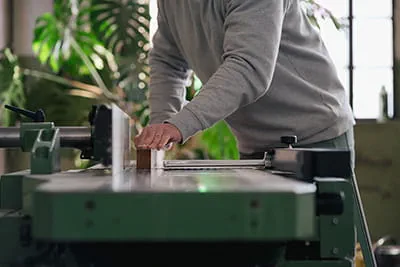
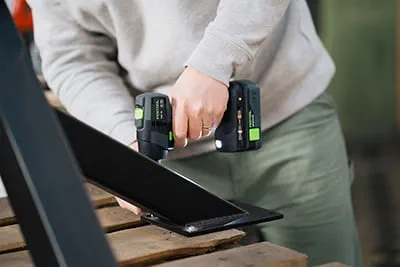
What do you think is special about your bases?
I have the feeling that people used to approach wood very differently and that there are significantly more different types of wood available today. In our case, we have a floor that is partially lacquered, coated or full of colour markings and you can only see what the wood actually looks like when it is laid once it has been sanded. In some cases, there are beautiful pieces that would normally have been discarded and the overall result is a picture that is simply incredible.
It's no secret that the quality of wood nowadays is significantly different to what it used to be, the trees have to grow faster, it's cut down quicker, there's no more time. We still have wood that has had time to grow and it's really beautiful. In some cases you can also see mineral deposits or trace elements and that is like the face of the wood.
We don't plan which piece is to be placed where, we simply lay the pattern to fit and the result is always beautiful, it never turns out wrong. It's more the case that if a customer doesn't want so many knotholes and I then try to replace parts somewhere, the board immediately looks a bit strange. I think it's just a nice thing to have this effect.
It's no secret that the quality of wood nowadays is significantly different to what it used to be, the trees have to grow faster, it's cut down quicker, there's no more time. We still have wood that has had time to grow and it's really beautiful. In some cases you can also see mineral deposits or trace elements and that is like the face of the wood.
We don't plan which piece is to be placed where, we simply lay the pattern to fit and the result is always beautiful, it never turns out wrong. It's more the case that if a customer doesn't want so many knotholes and I then try to replace parts somewhere, the board immediately looks a bit strange. I think it's just a nice thing to have this effect.
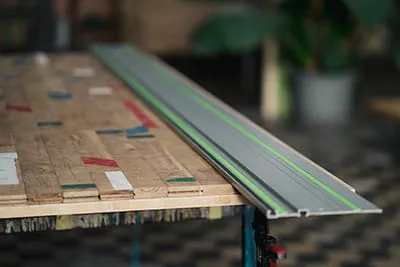
What is your favourite parquet?
I work a lot with oak, which has always been something valuable to me. I've also worked with a few tropical woods, but I have to say I don't really enjoy that. I think oak wood is just great, it's very robust, it's local and it's simply the best material for me. If I have a piece of spruce in my hand, I'm happy to part with it, it can also go into the oven, but with oak, I always find it too much of a pity and I want to make something else out of it.
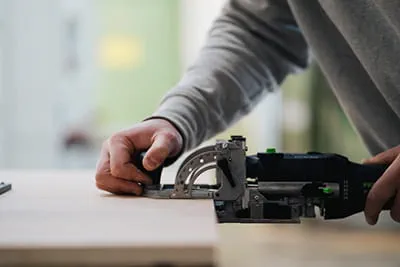
Which are your favourite Festool tools and why?
Before I had the wide belt sander, I did a lot of work with the large ROTEX because I didn't have the option of machine sanding at the time. The ROTEX was really good for this because it also sanded hard oak parquet without any problems.
I also have to say that I think the Domino is great. It's simply a good system and it's also very important that the framing timbers are glued on nicely, and with the Domino it's just fun.
I also only use tools from Festool, from the eccentric sander to the plunge-cut saw, cordless screwdriver and routers. I just like the fact that it's all one system and that the tools are useful and of good quality, which is why the money was always invested directly in new machines at the beginning and I don't regret it, because it just makes sense. There are now three of us working here, we have sensible tools and nothing breaks, which is also appreciated. It was very important to me right from the start that we could work with high-quality tools and Festool is simply unbeatable in that respect.
I also have to say that I think the Domino is great. It's simply a good system and it's also very important that the framing timbers are glued on nicely, and with the Domino it's just fun.
I also only use tools from Festool, from the eccentric sander to the plunge-cut saw, cordless screwdriver and routers. I just like the fact that it's all one system and that the tools are useful and of good quality, which is why the money was always invested directly in new machines at the beginning and I don't regret it, because it just makes sense. There are now three of us working here, we have sensible tools and nothing breaks, which is also appreciated. It was very important to me right from the start that we could work with high-quality tools and Festool is simply unbeatable in that respect.
What role does sustainability play in your business model? What makes Fisch&Tisch so successful?
Our aim is to give the old floors a new lease of life. Sometimes floors arrive here that we think should actually go, but then we work on them and we are always surprised. This wow effect is also what people like so much, that they realise how much you can still do with old things. We want them to think about the fact that many things can be given a second chance. Of course, not everyone has such a well-equipped workshop, but we didn't start out that way either, so there are always ways and means. That's also the mission behind it, that we can show how much potential there is.
At the same time, we have a space here that is not just a traditional carpentry workshop, but also a showroom or a community space. We organise events and have launched a kind of market hall, where once a year we give artists from the surrounding area the opportunity to present their work in our hall. We offer people a platform, which is why this space has developed so well. That's the idea behind Fisch&Tisch, that we fulfil a cool mission with the old floors and at the same time use this place to give the topic of sustainability an aesthetic.
That's why Fisch&Tisch works so well, because there are several factors involved. We have an exciting and sustainable product, we have beautiful pictures that my sister takes, a great network of friends, acquaintances and family who support us with everything and we have a great hall. These are the four pillars that make Fisch&Tisch what it is. We do traditional craftsmanship, but we bring in a certain sustainability and a certain aesthetic.
If you then consider that I get messages several times a month from trainees who think it's really cool that you can do something different in the carpentry trade and who sometimes reuse wood for their journeyman's pieces, I think that's even more amazing. It's creating a total rethink in the next generation, who are now dedicating themselves to this long process, and this strong feedback is one of the best things about the whole thing.
At the same time, we have a space here that is not just a traditional carpentry workshop, but also a showroom or a community space. We organise events and have launched a kind of market hall, where once a year we give artists from the surrounding area the opportunity to present their work in our hall. We offer people a platform, which is why this space has developed so well. That's the idea behind Fisch&Tisch, that we fulfil a cool mission with the old floors and at the same time use this place to give the topic of sustainability an aesthetic.
That's why Fisch&Tisch works so well, because there are several factors involved. We have an exciting and sustainable product, we have beautiful pictures that my sister takes, a great network of friends, acquaintances and family who support us with everything and we have a great hall. These are the four pillars that make Fisch&Tisch what it is. We do traditional craftsmanship, but we bring in a certain sustainability and a certain aesthetic.
If you then consider that I get messages several times a month from trainees who think it's really cool that you can do something different in the carpentry trade and who sometimes reuse wood for their journeyman's pieces, I think that's even more amazing. It's creating a total rethink in the next generation, who are now dedicating themselves to this long process, and this strong feedback is one of the best things about the whole thing.
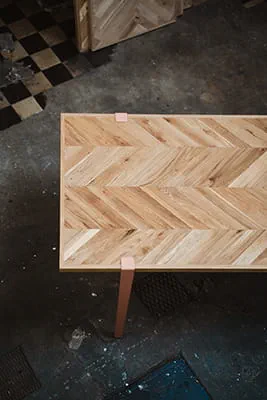
What do you think are the challenges for young people in the skilled trades?
I think, on the one hand, there is a lack of content in the field of design, which I believe should be taught during training. Creativity is needed to be able to develop new ideas in the first place and this should be encouraged during training.
On the other hand, young people who have made the decision to do something new should be given much more support. I have had so many conversations in which respect was expressed for the courage of self-employment, but critical questions were often asked in the same breath. "And what if you don't get any more flooring? Then you'll be standing there in your big hall." We should encourage and support each other much more, because craftsmanship is so important and many more people are needed to address the issue of sustainability in the trades.
On the other hand, young people who have made the decision to do something new should be given much more support. I have had so many conversations in which respect was expressed for the courage of self-employment, but critical questions were often asked in the same breath. "And what if you don't get any more flooring? Then you'll be standing there in your big hall." We should encourage and support each other much more, because craftsmanship is so important and many more people are needed to address the issue of sustainability in the trades.
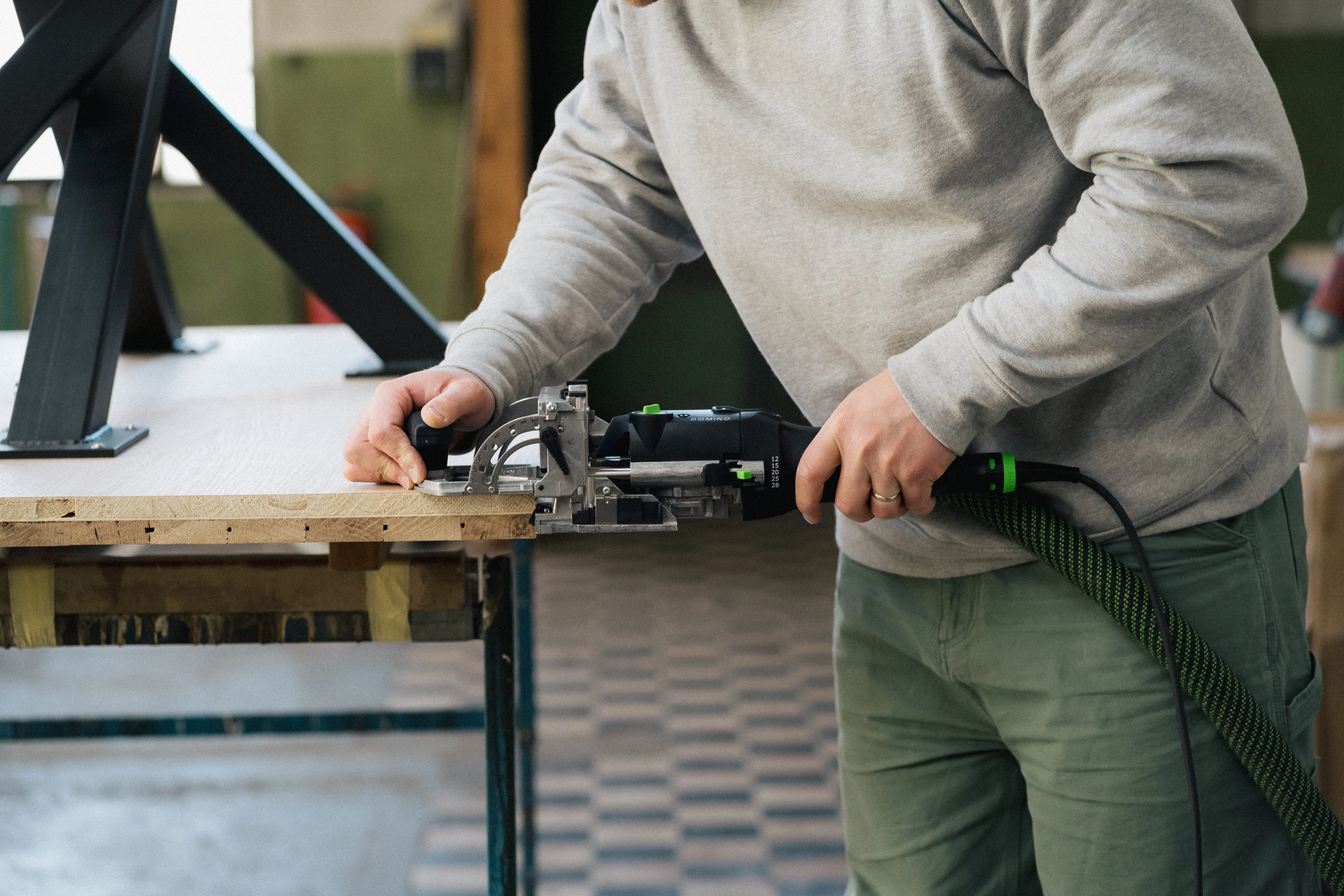
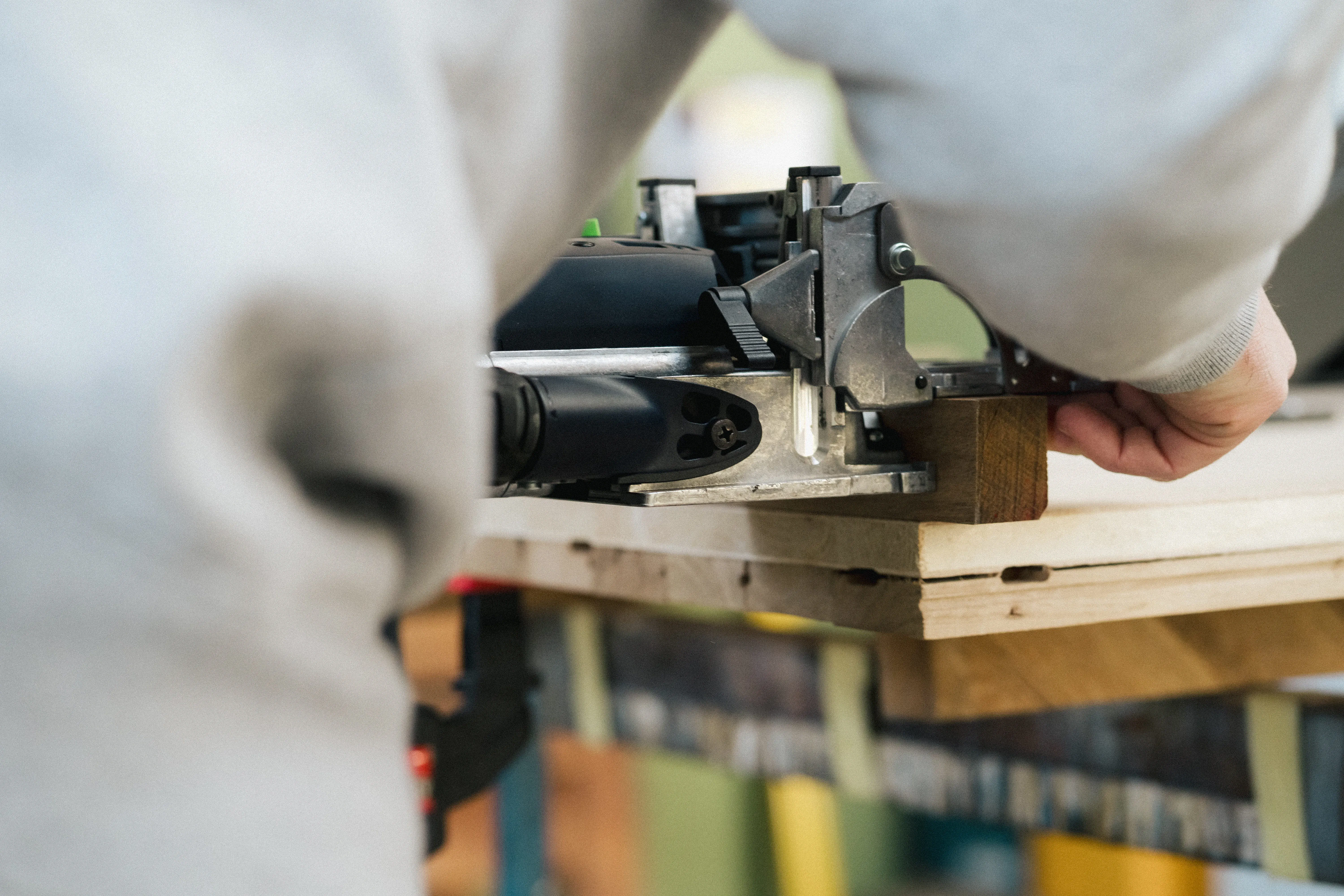
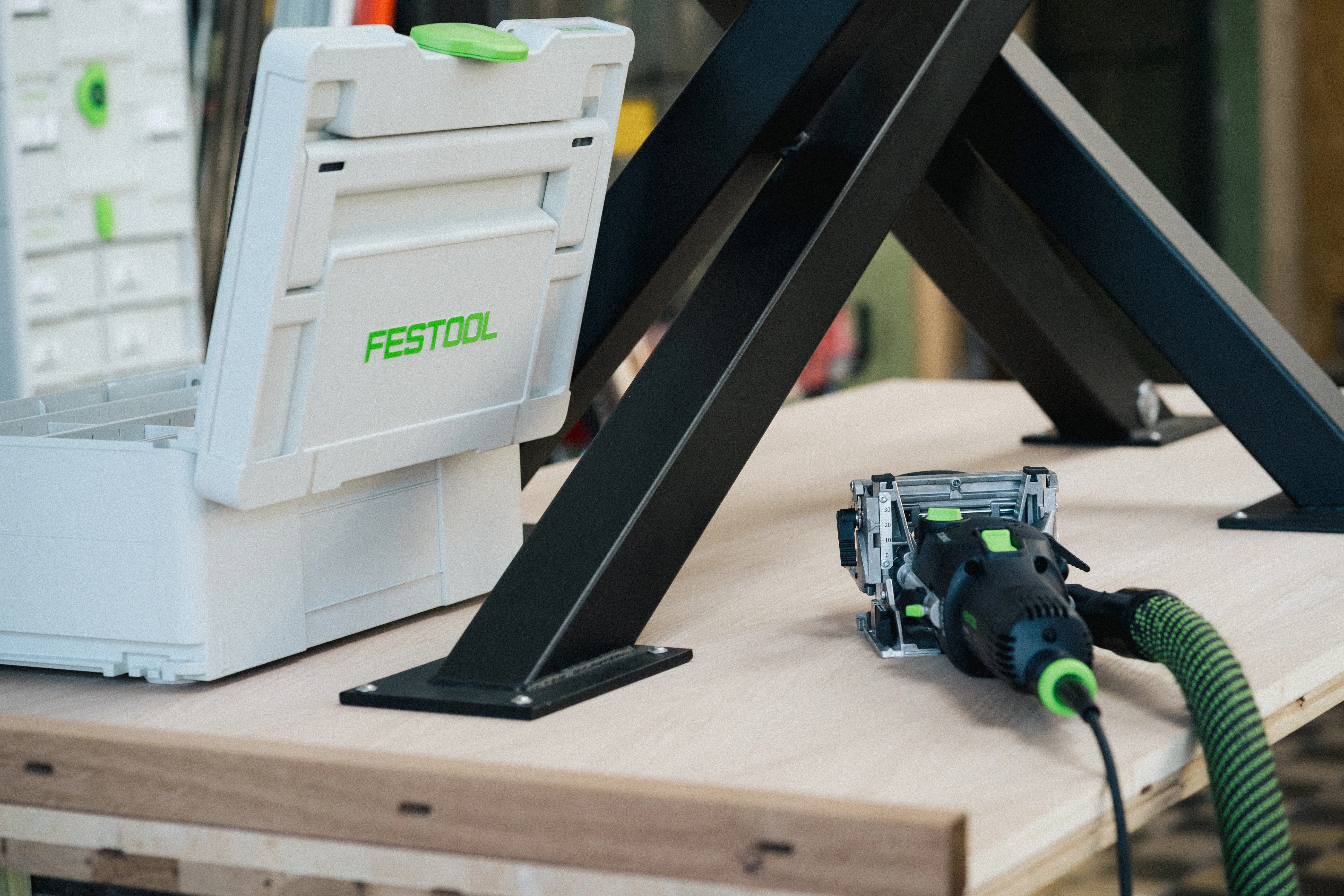
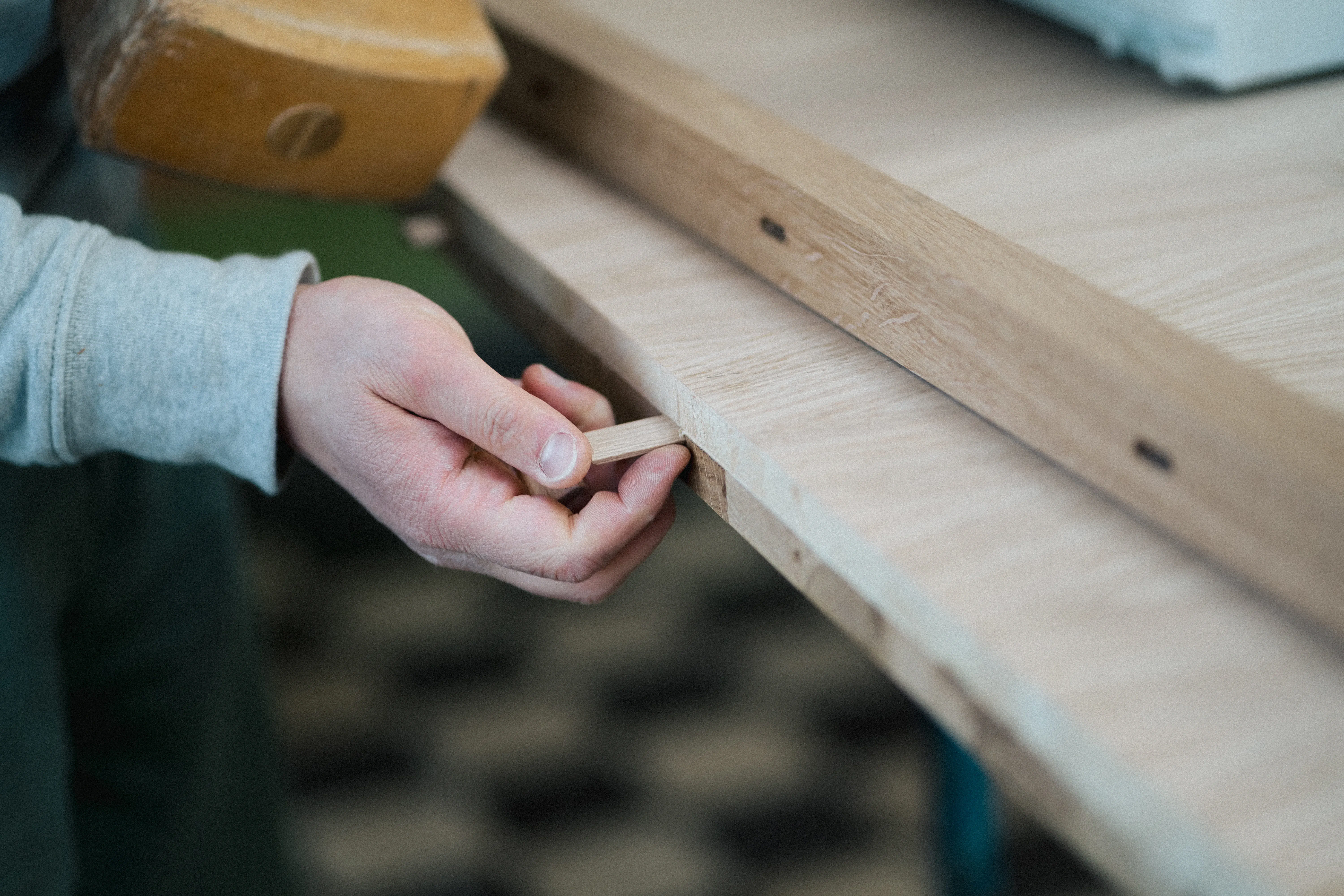
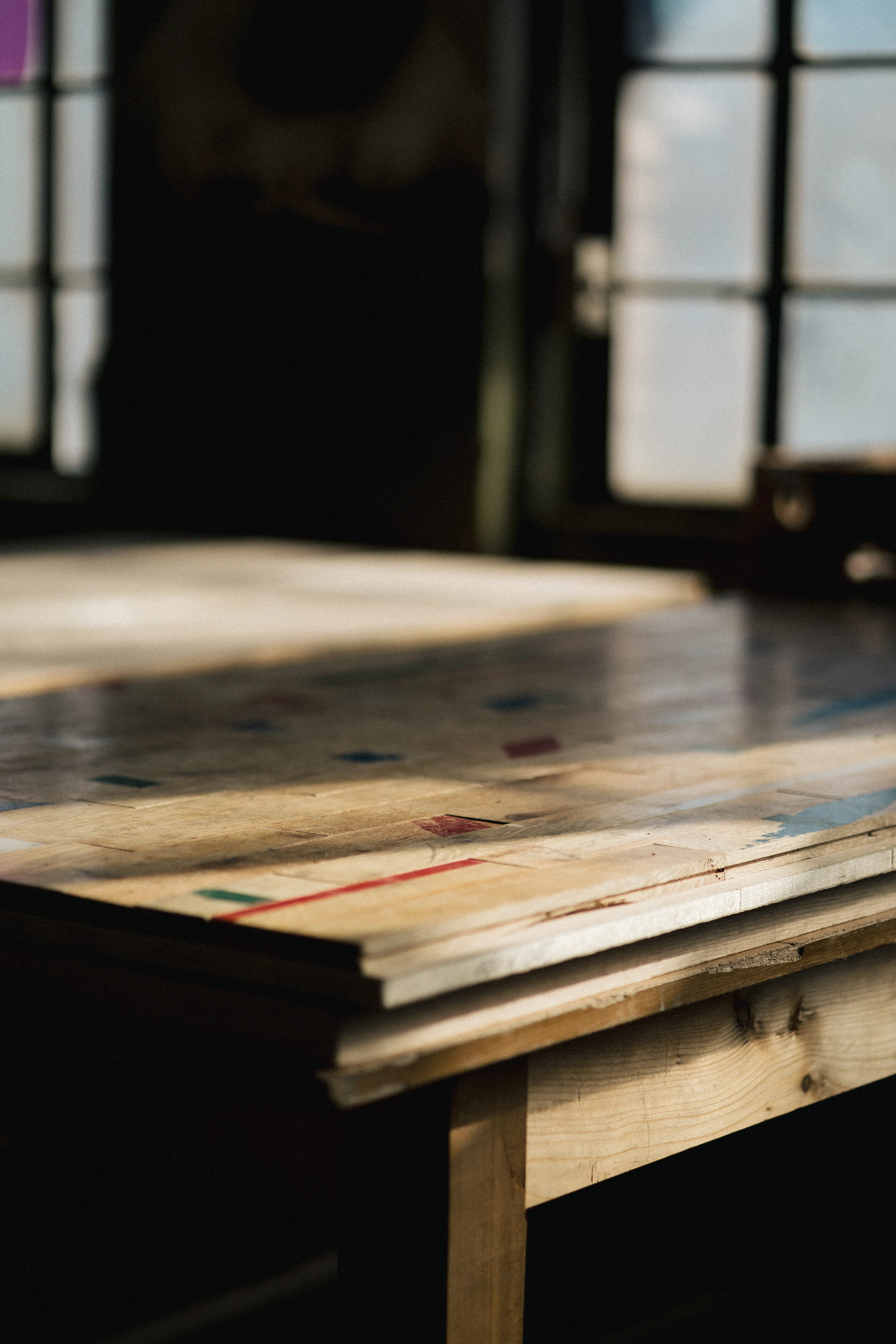
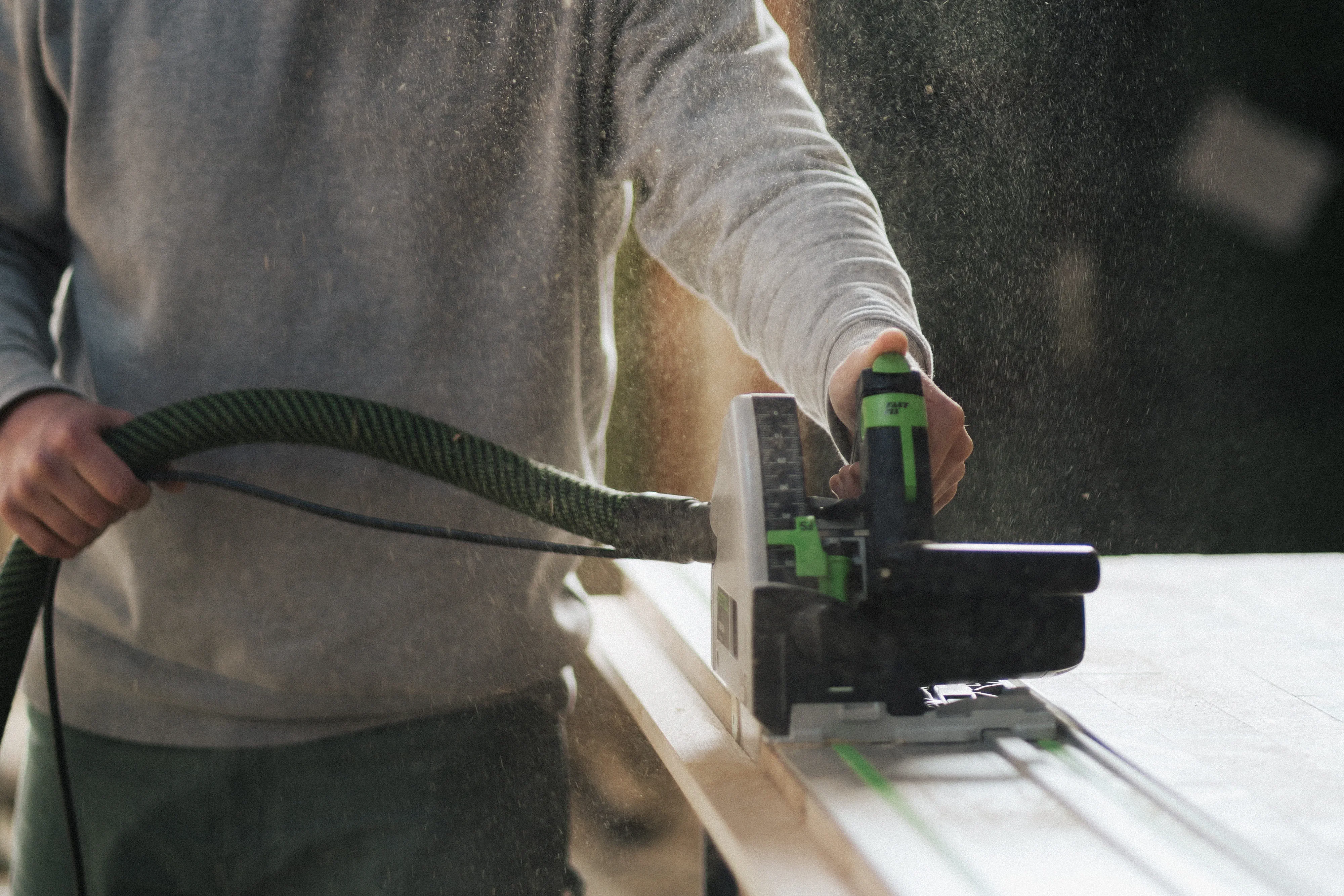
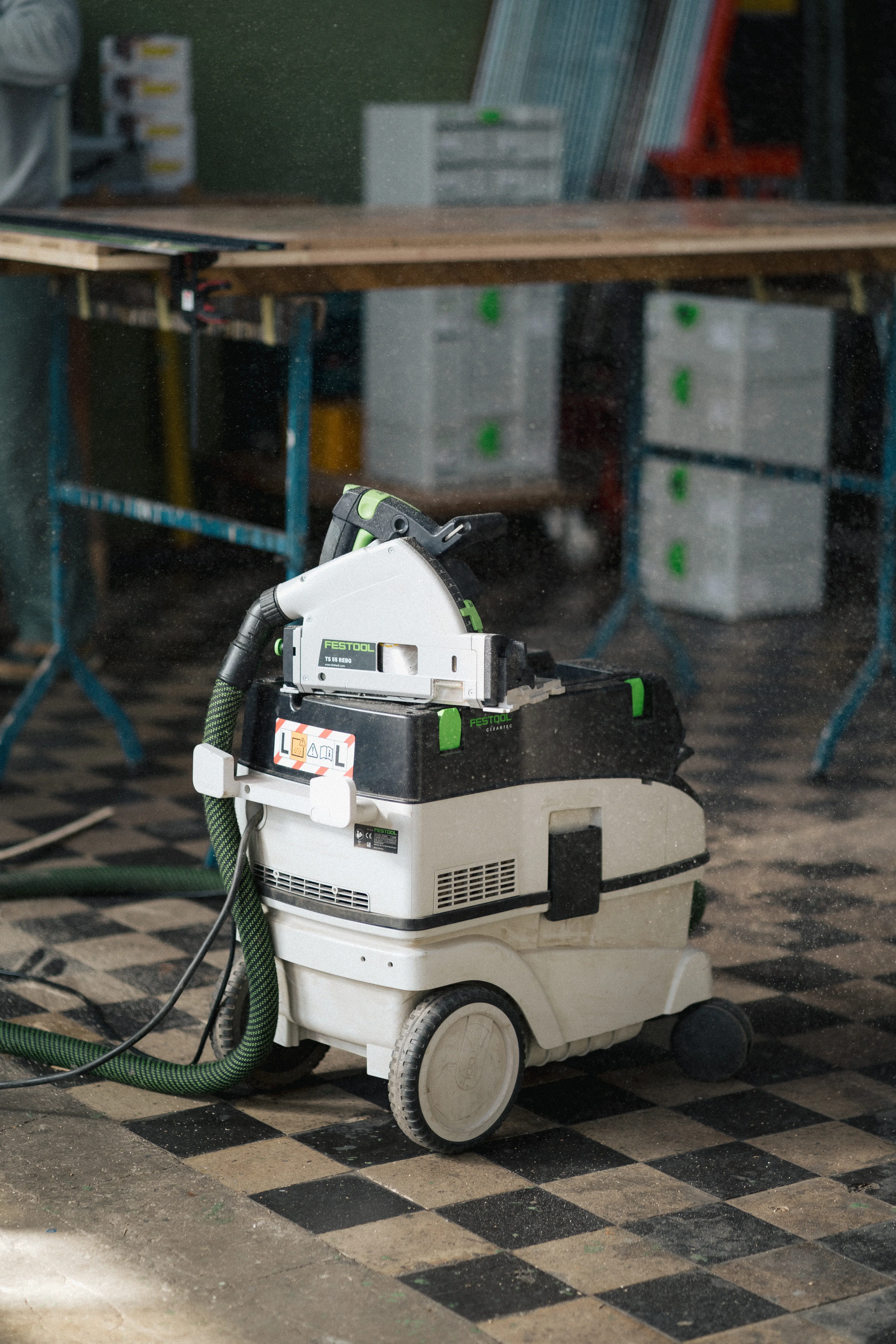
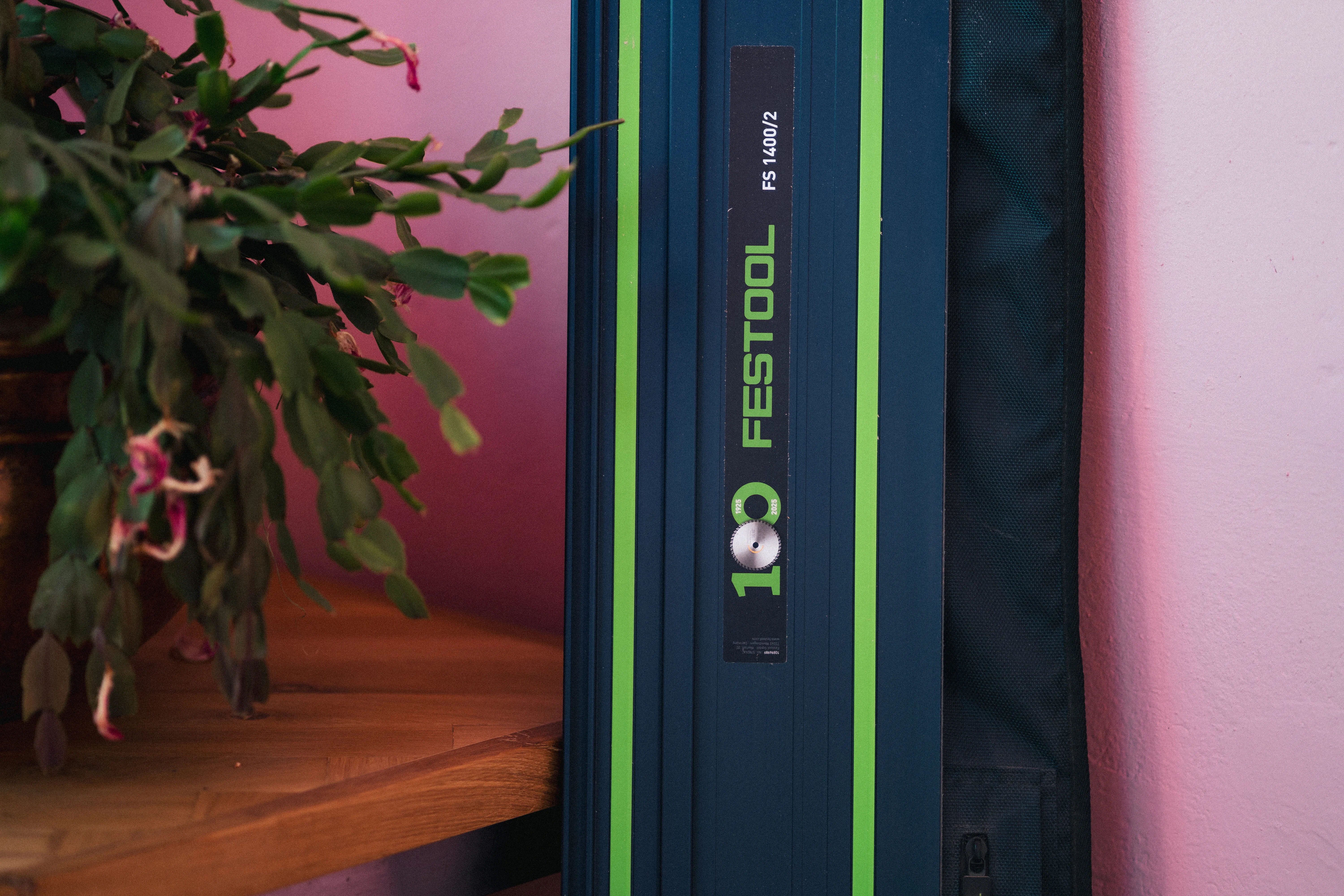
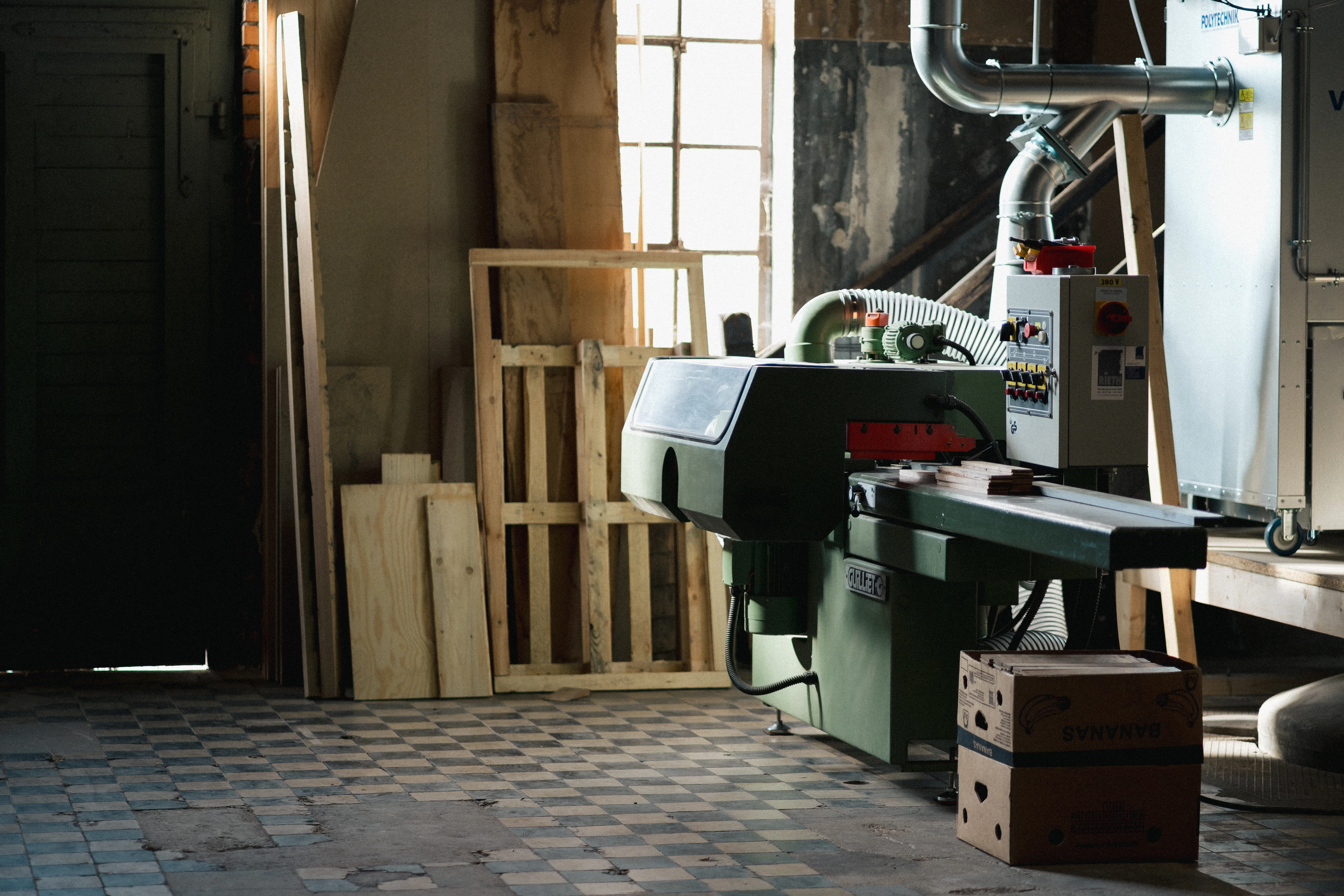
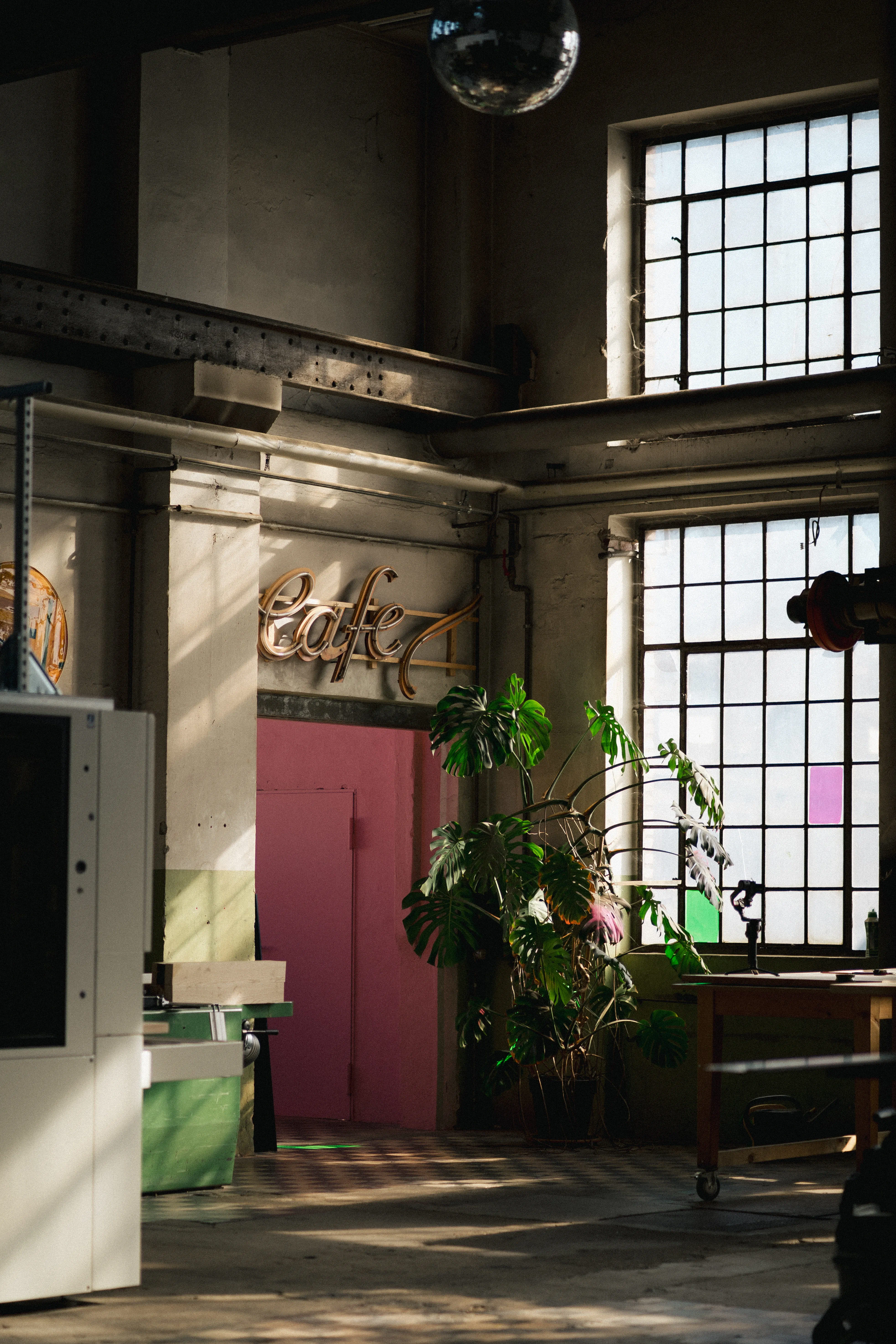
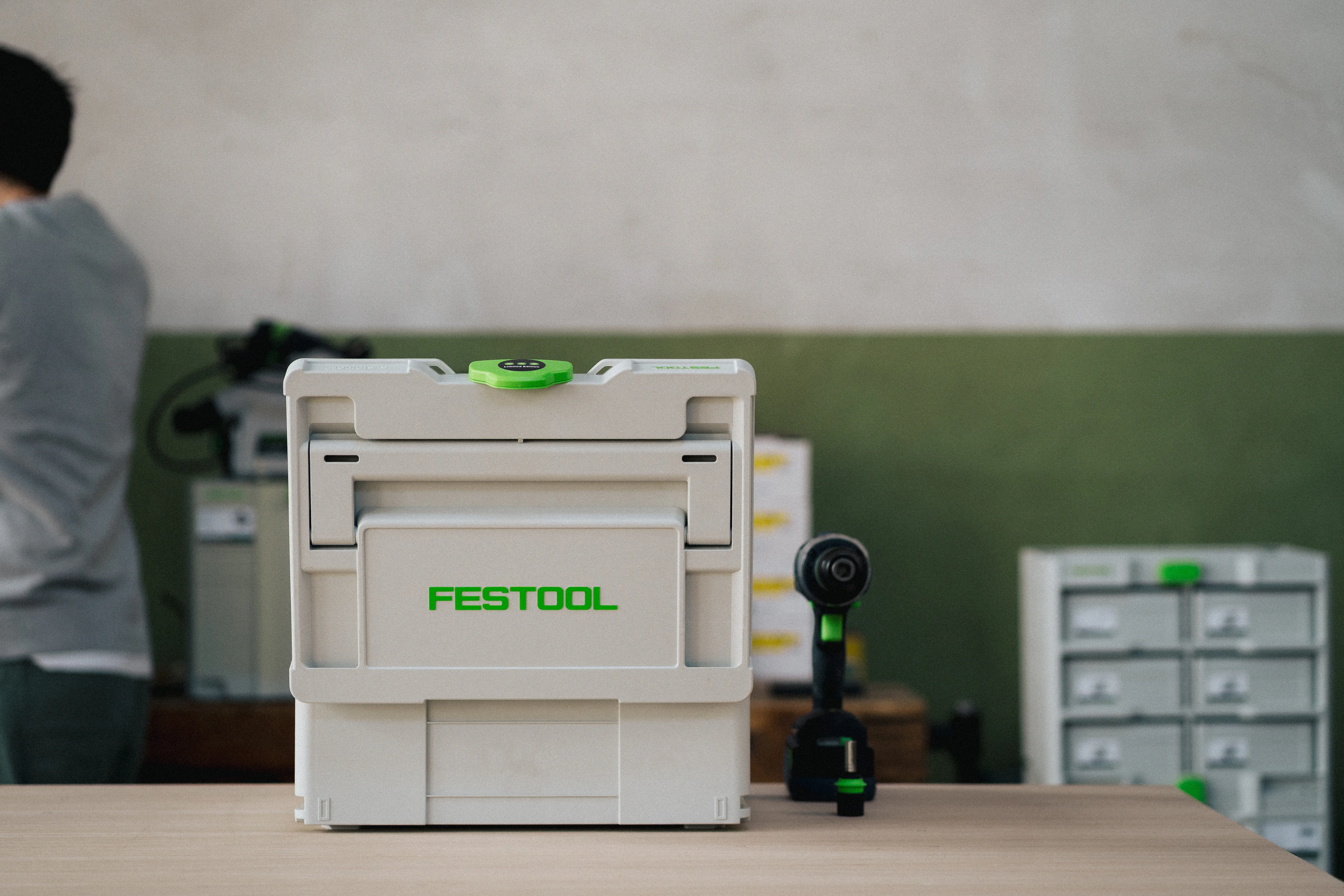
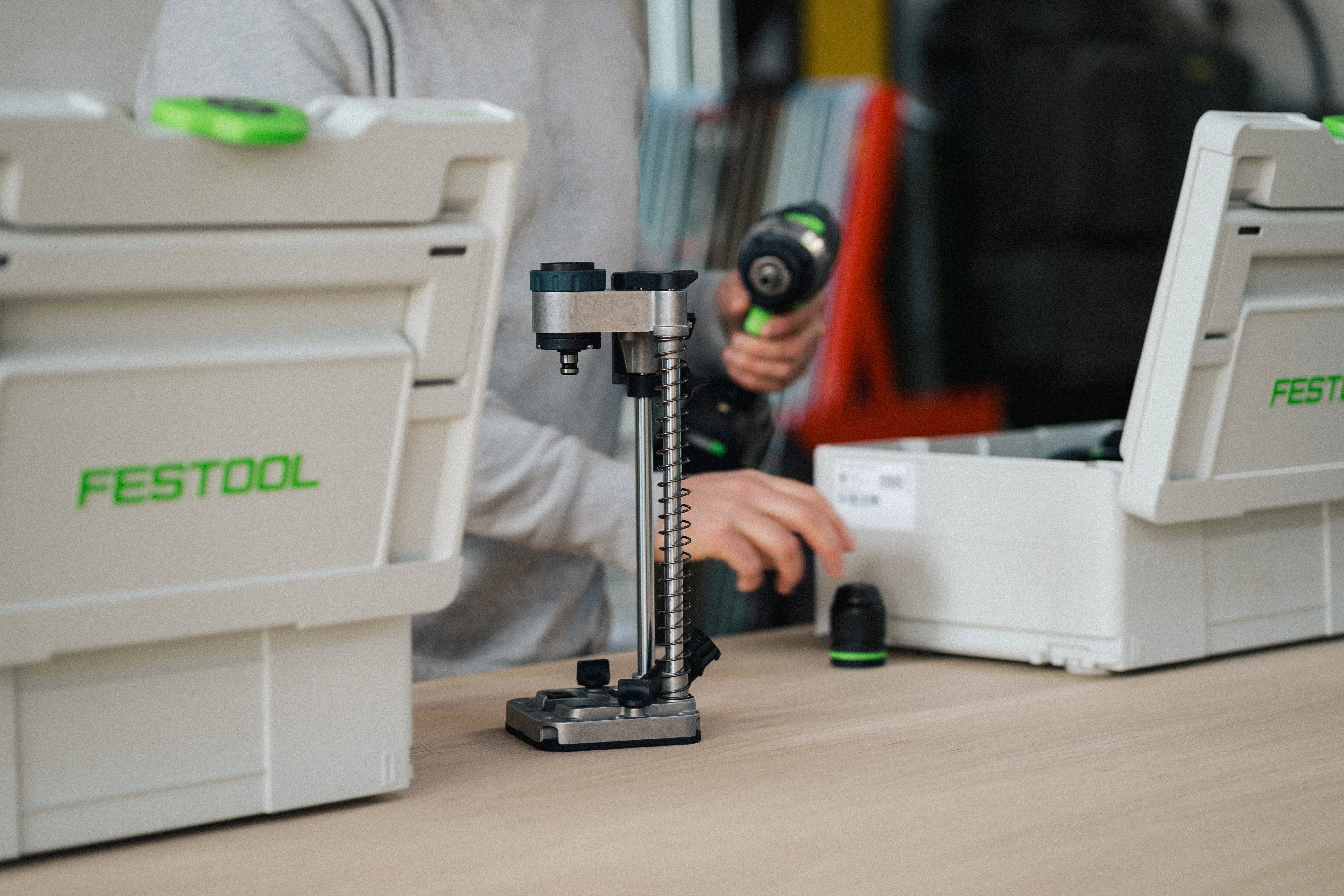
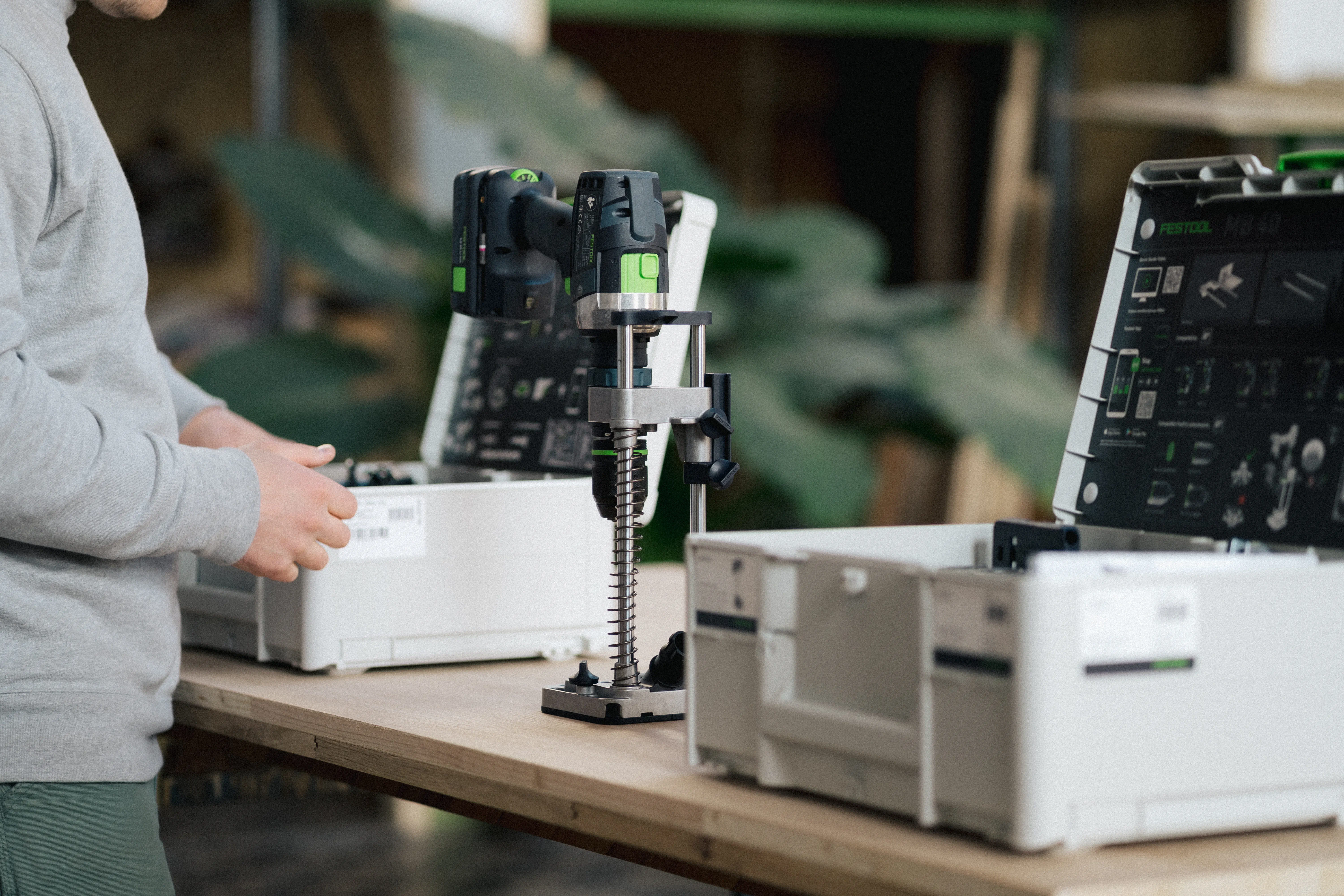
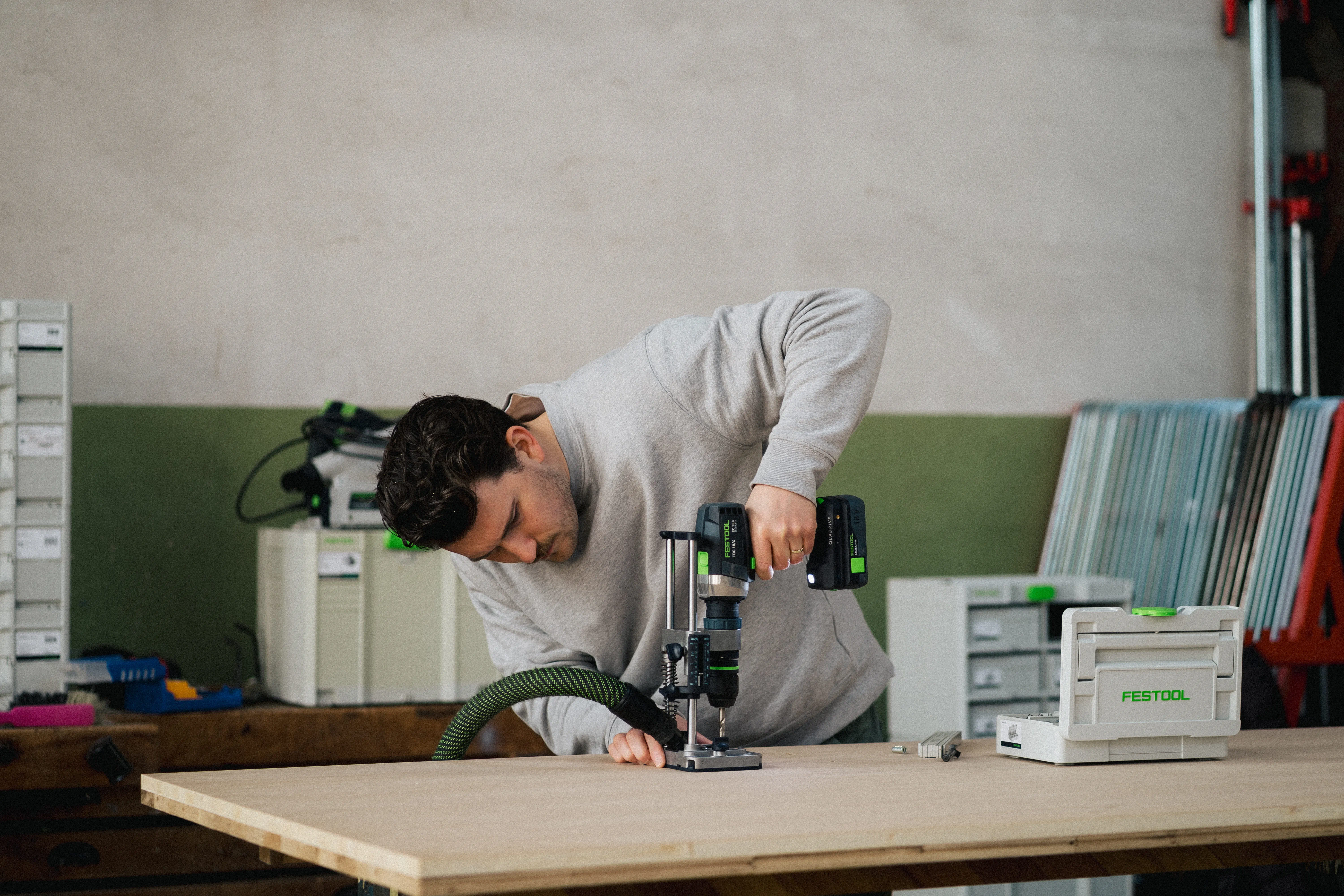
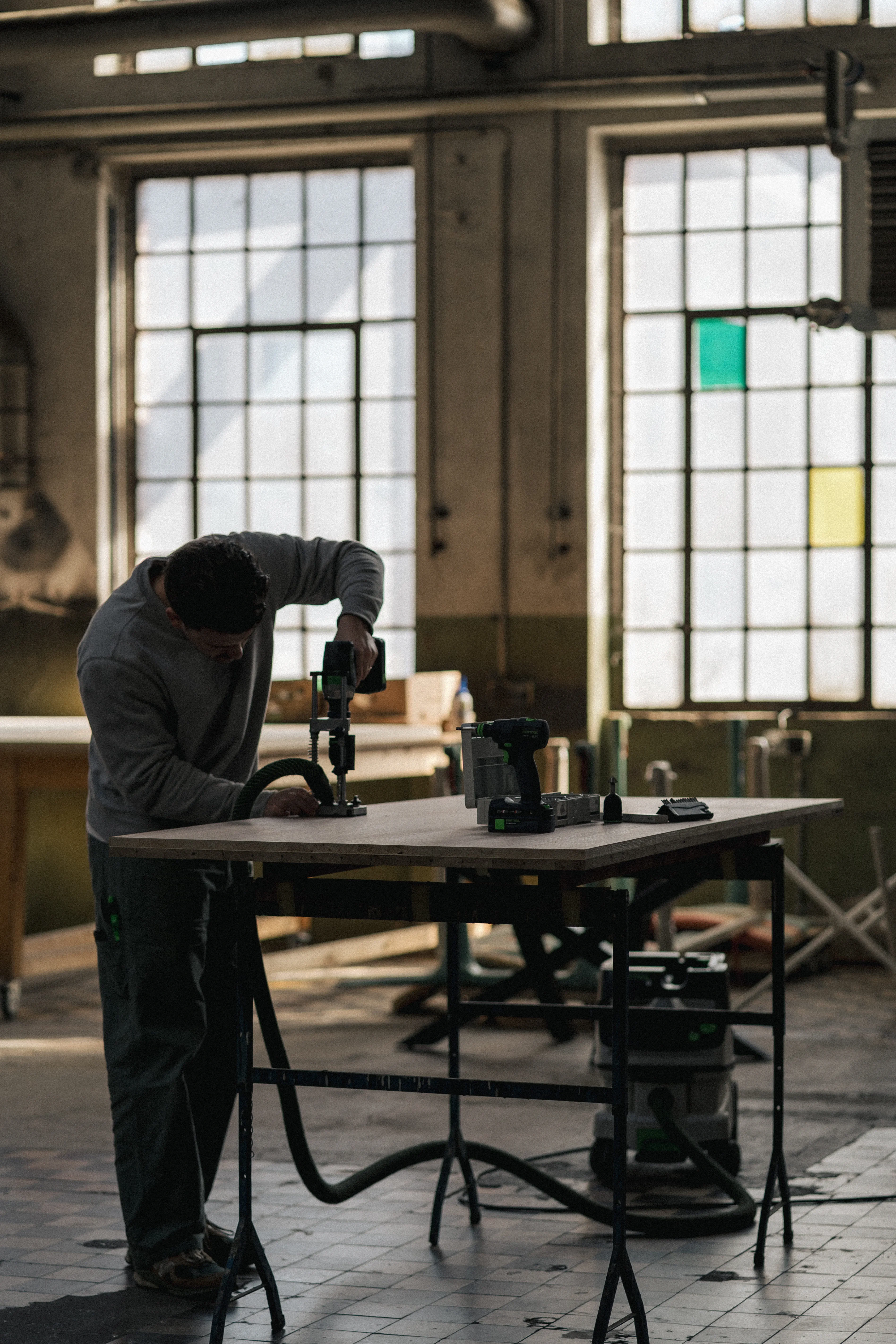
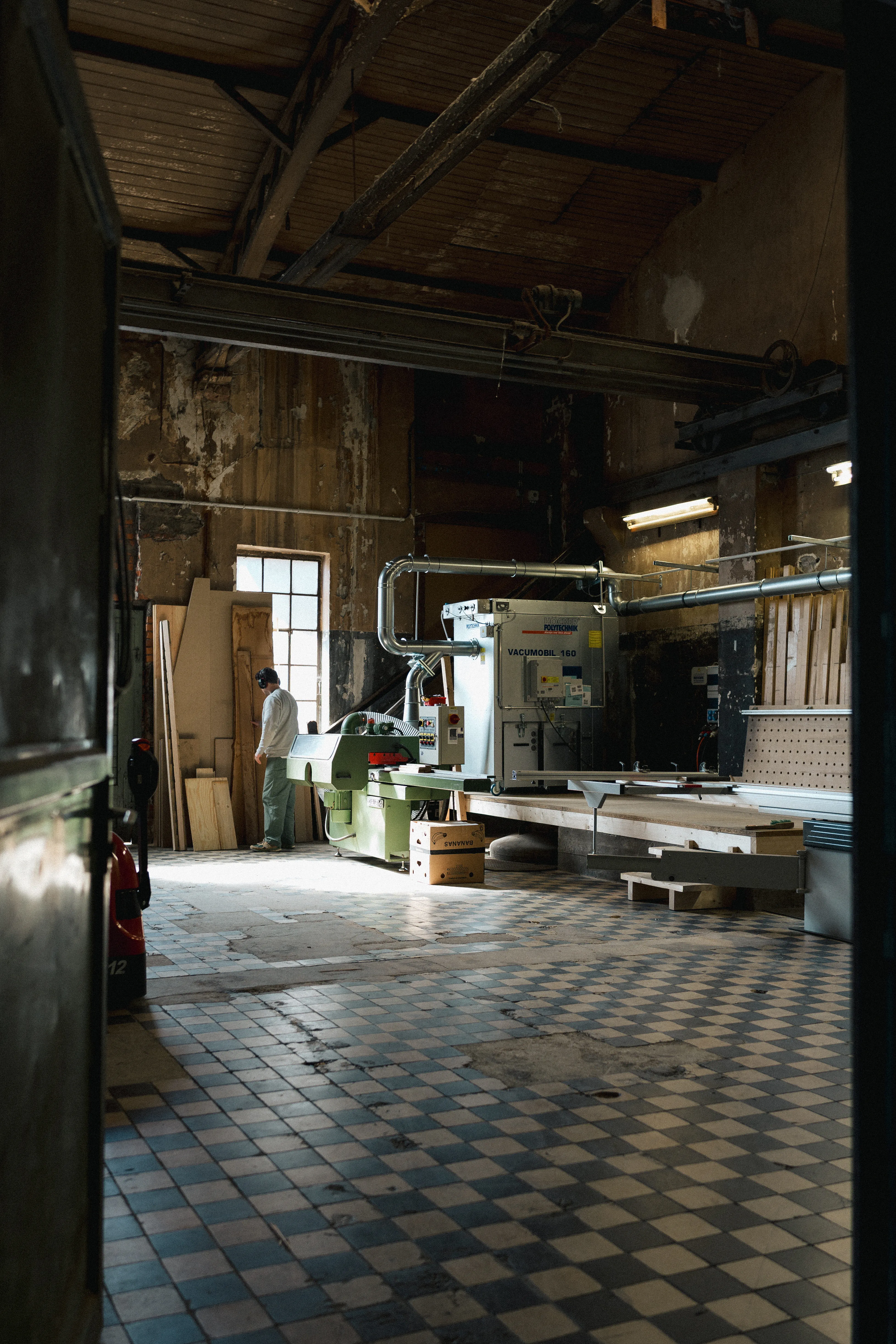
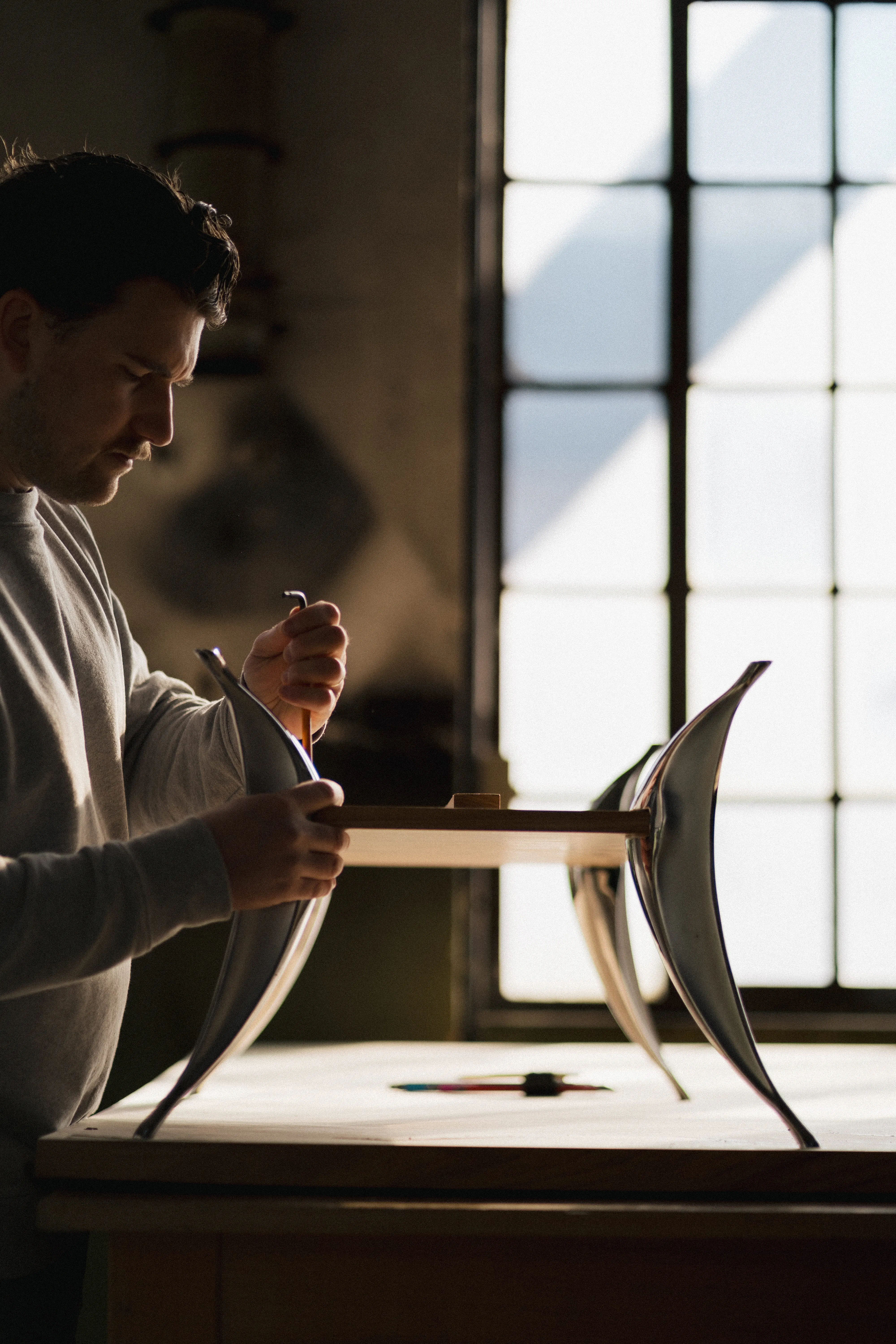
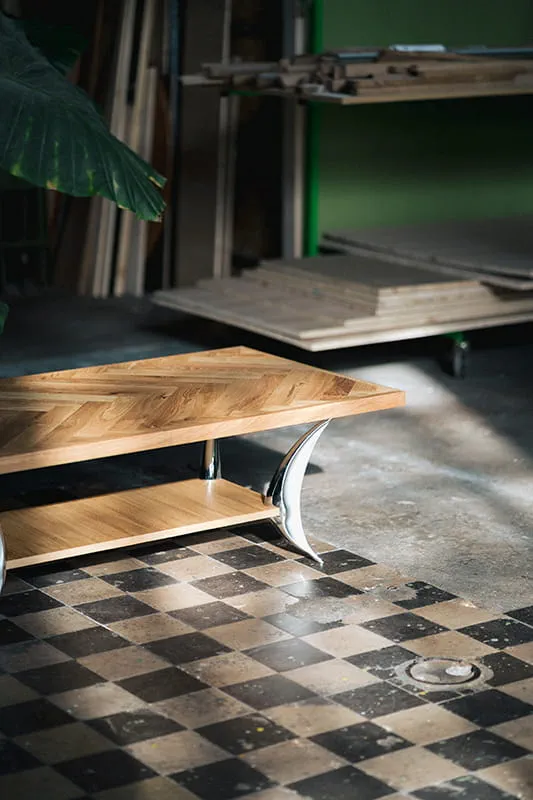
1 / 1




















